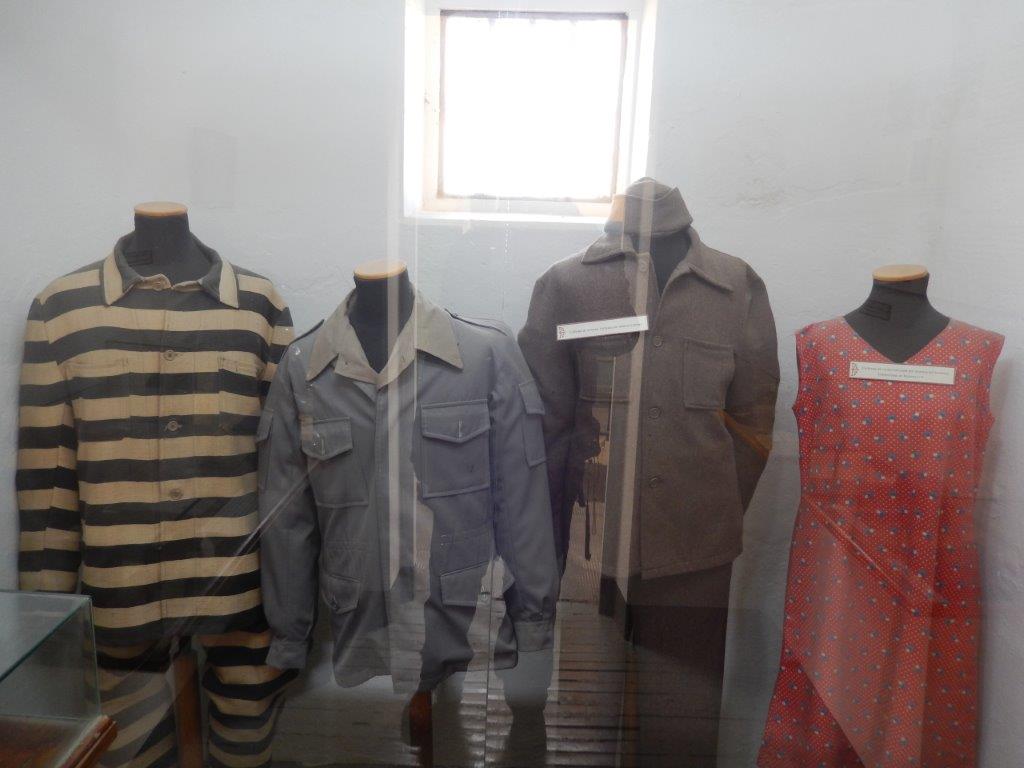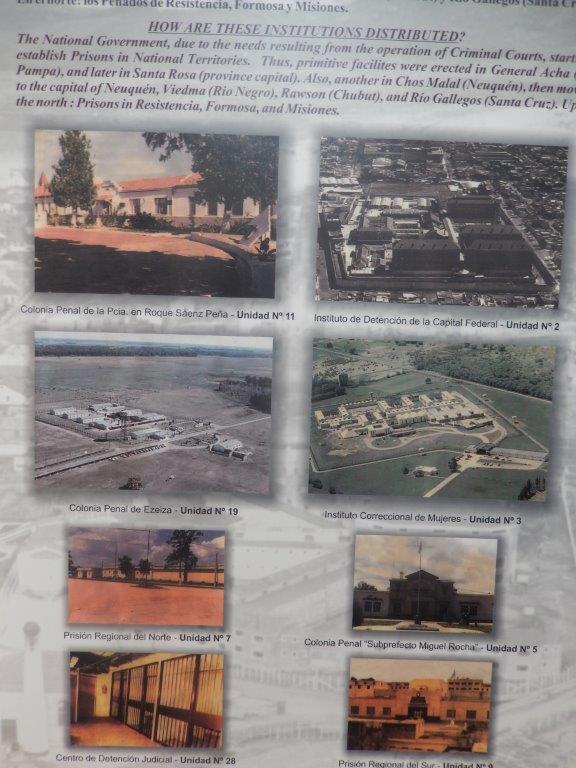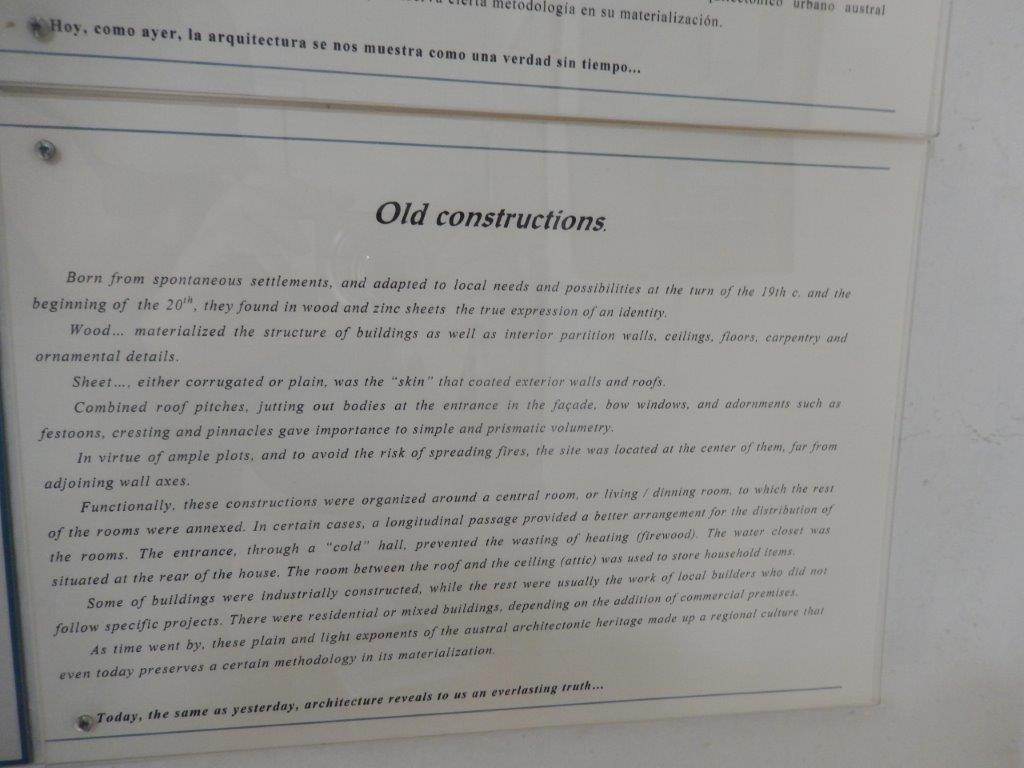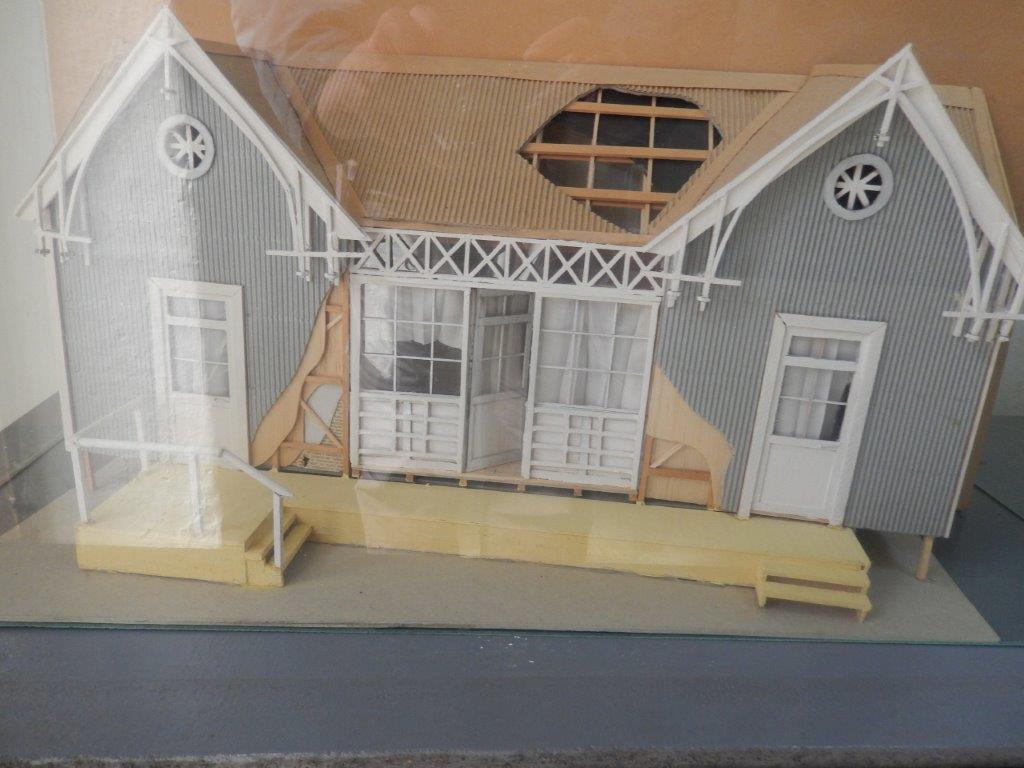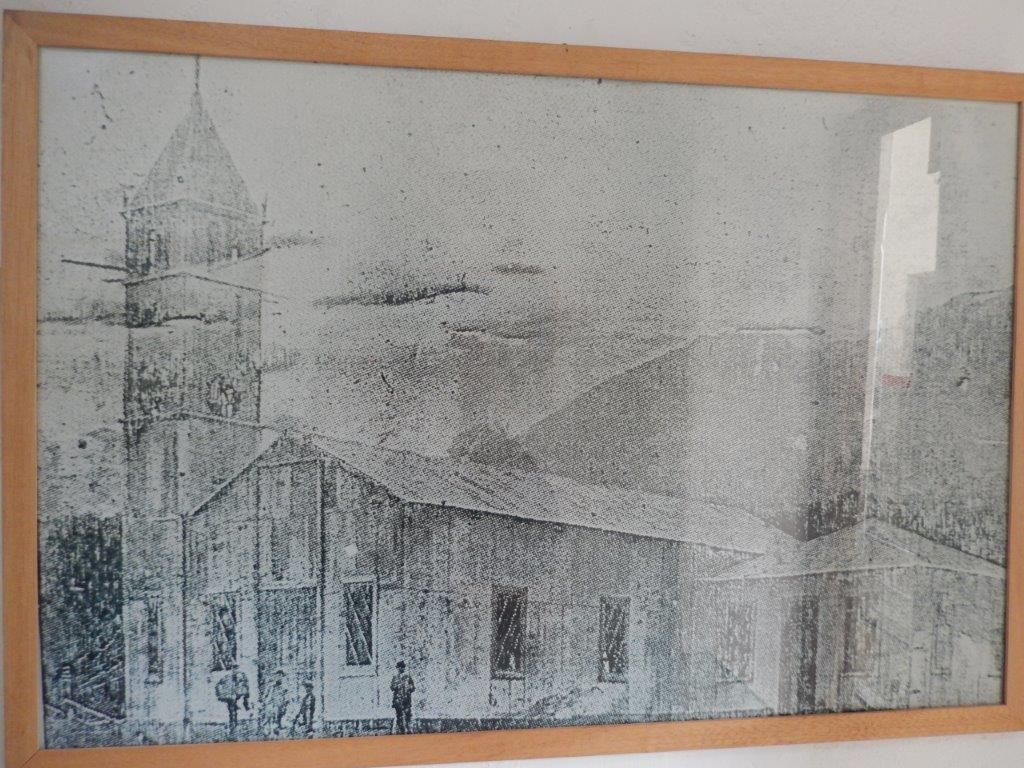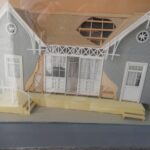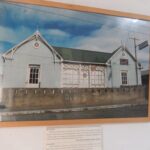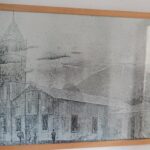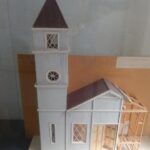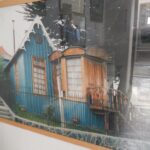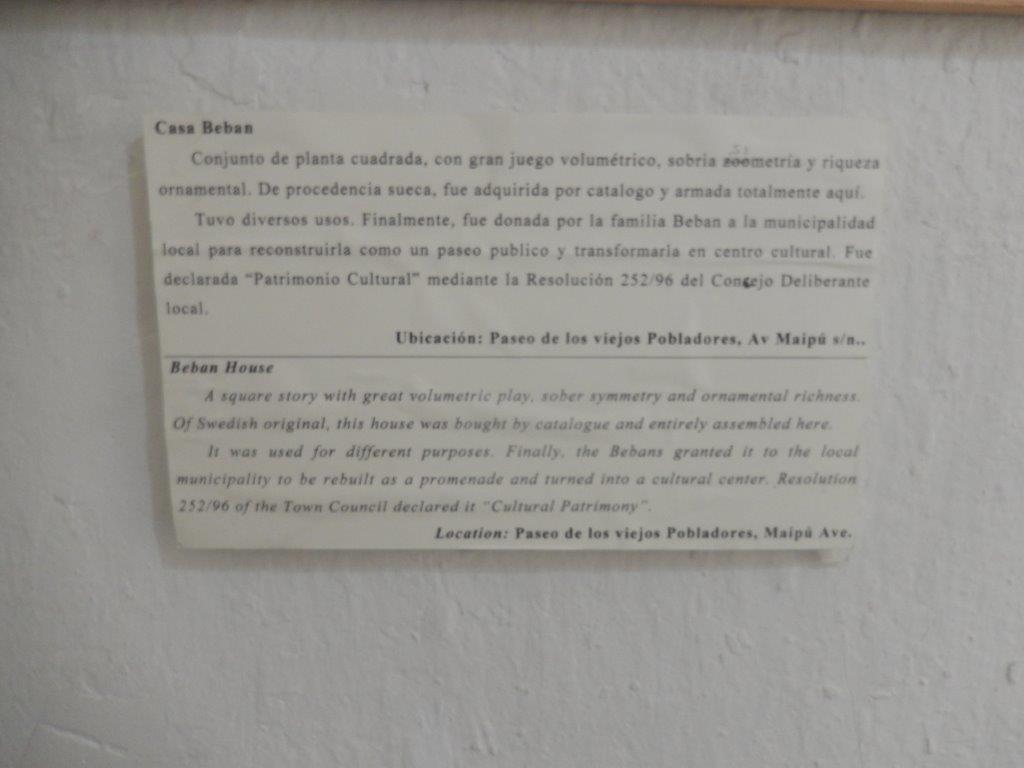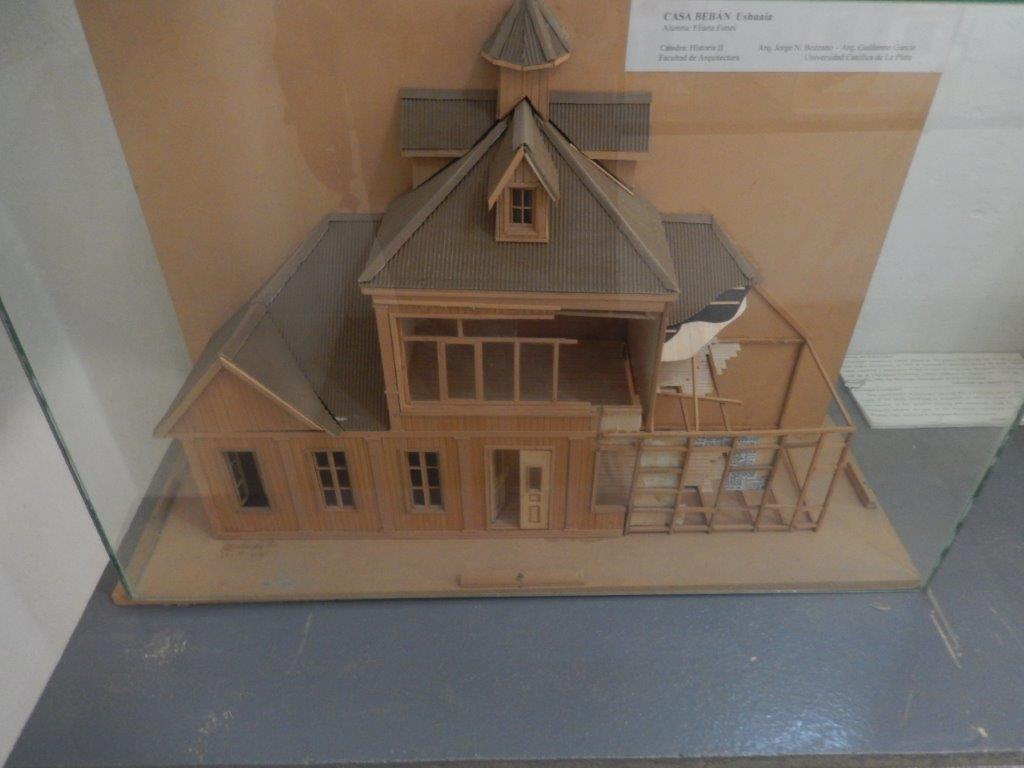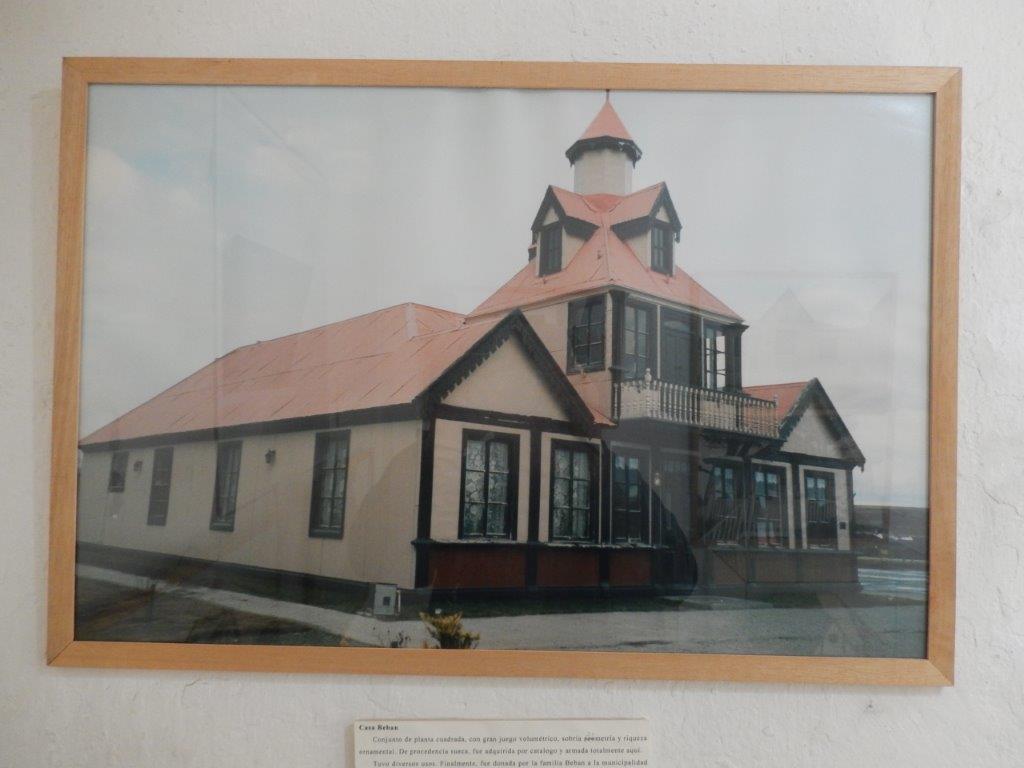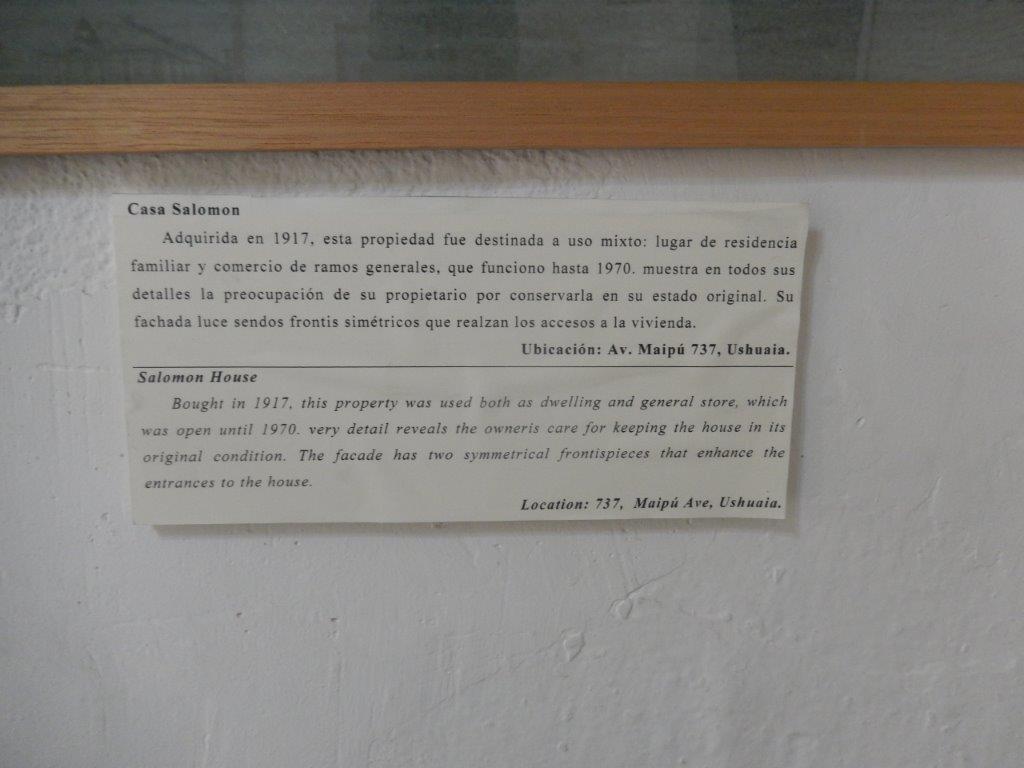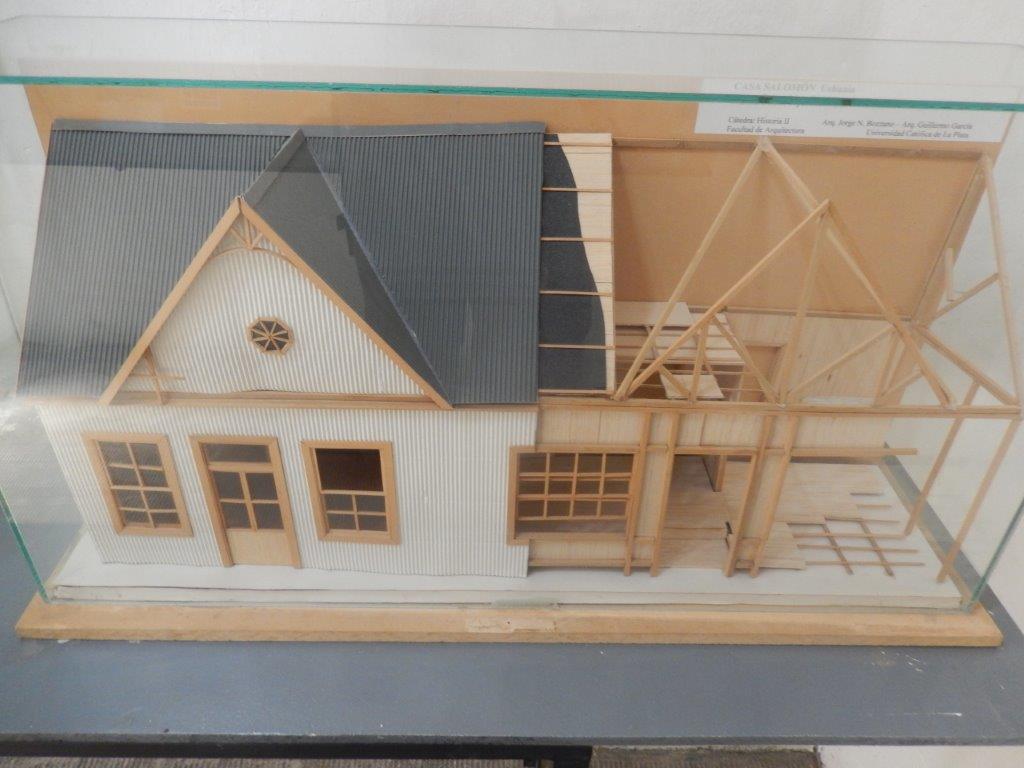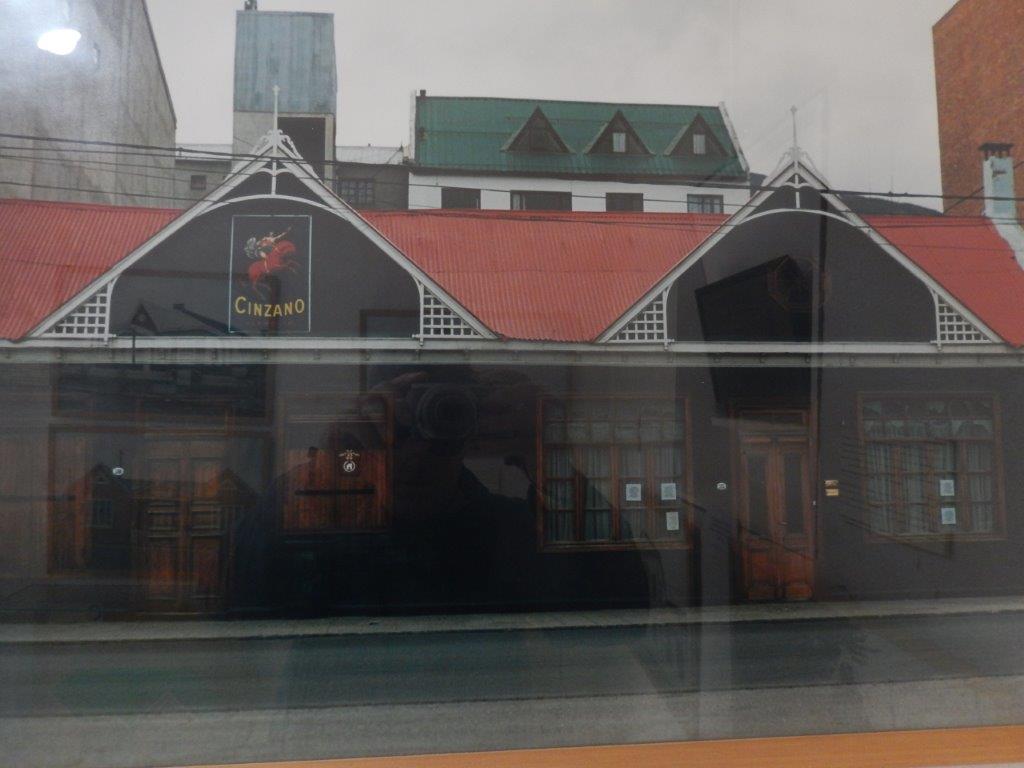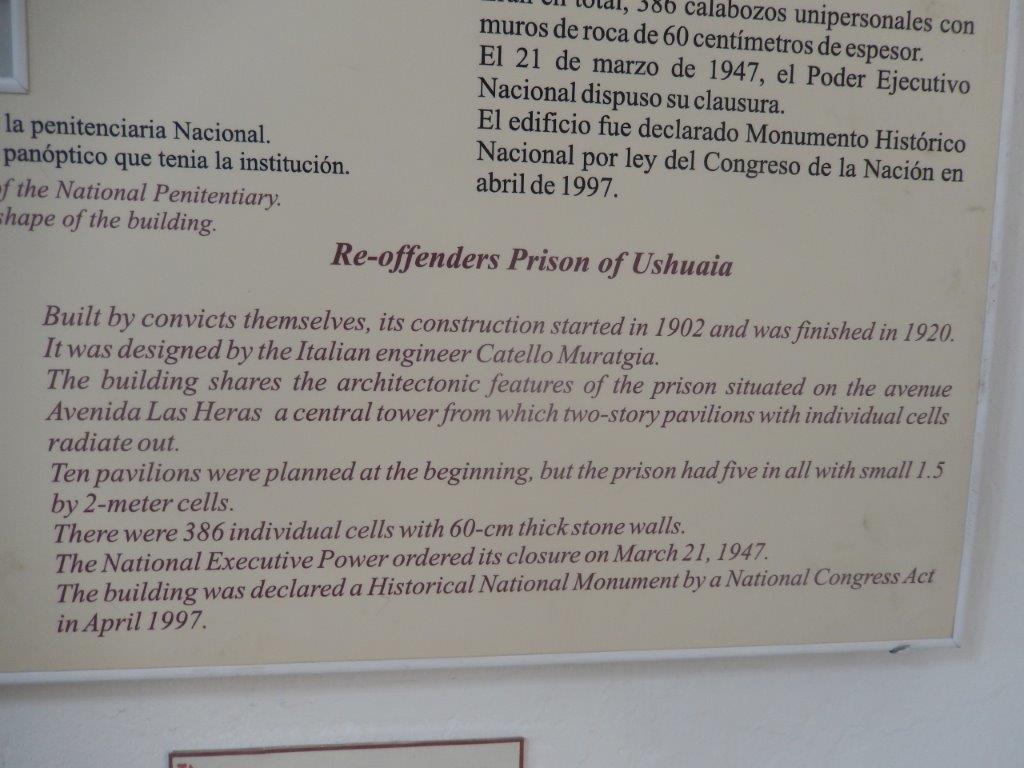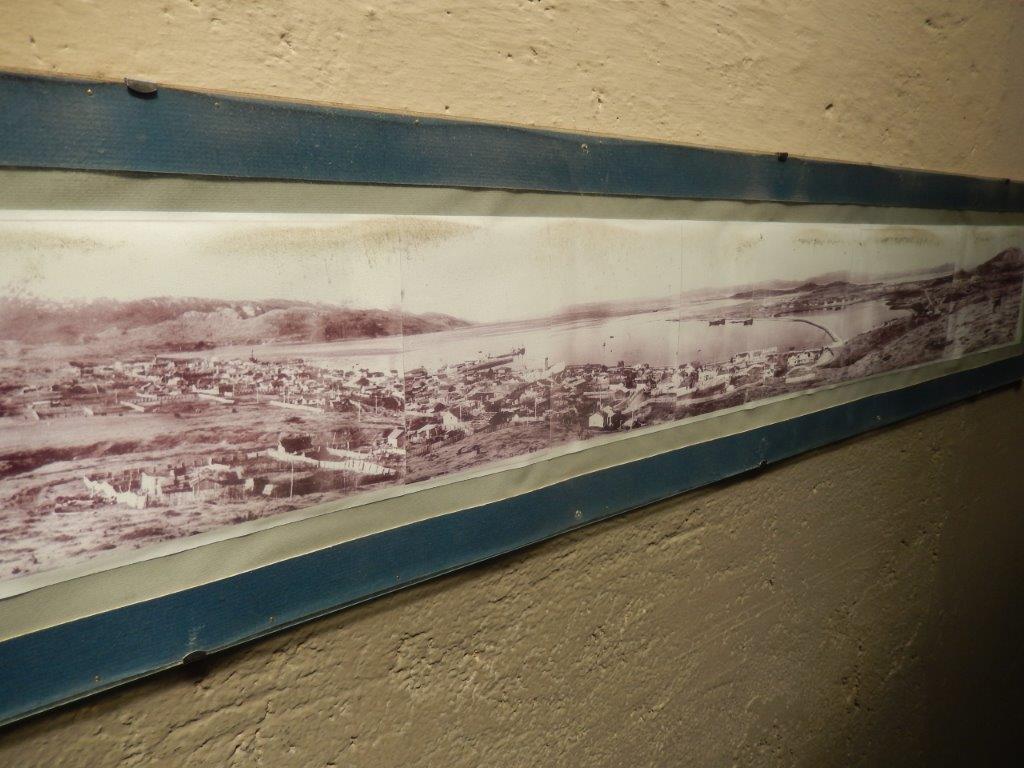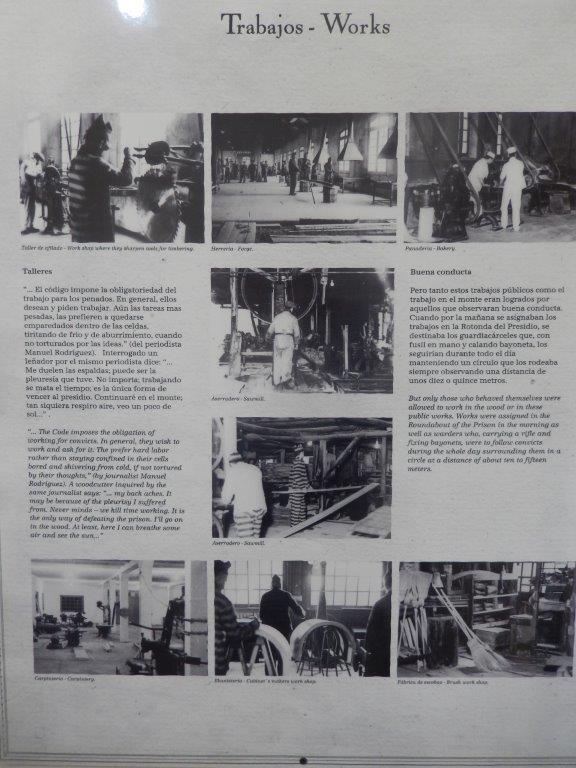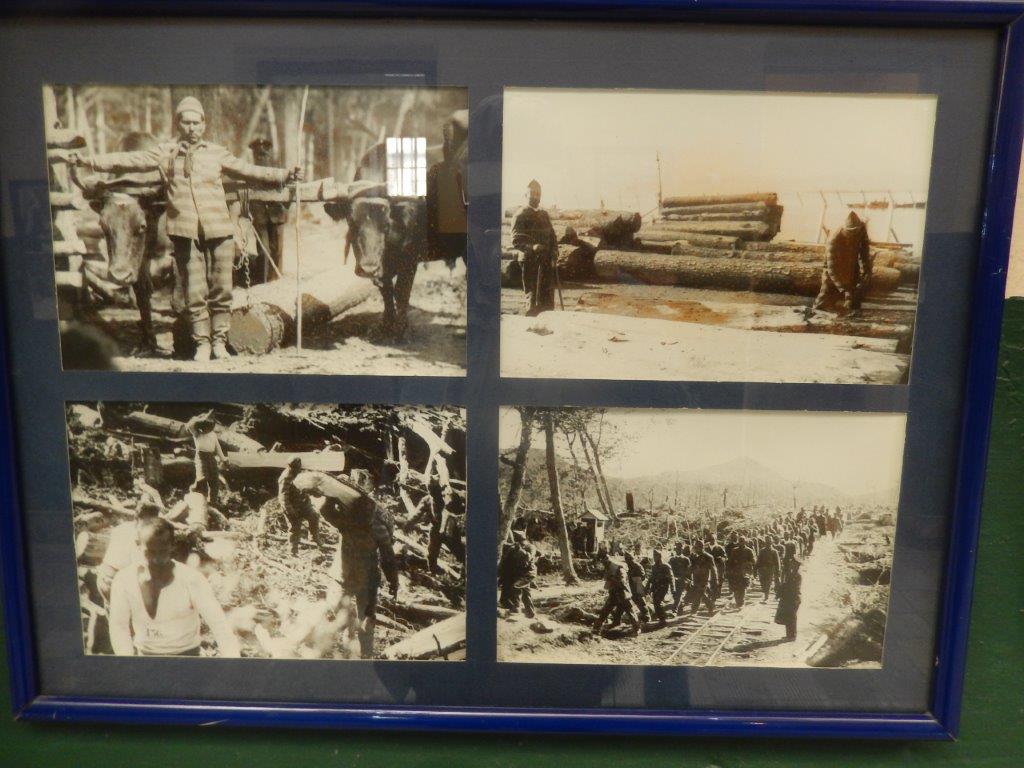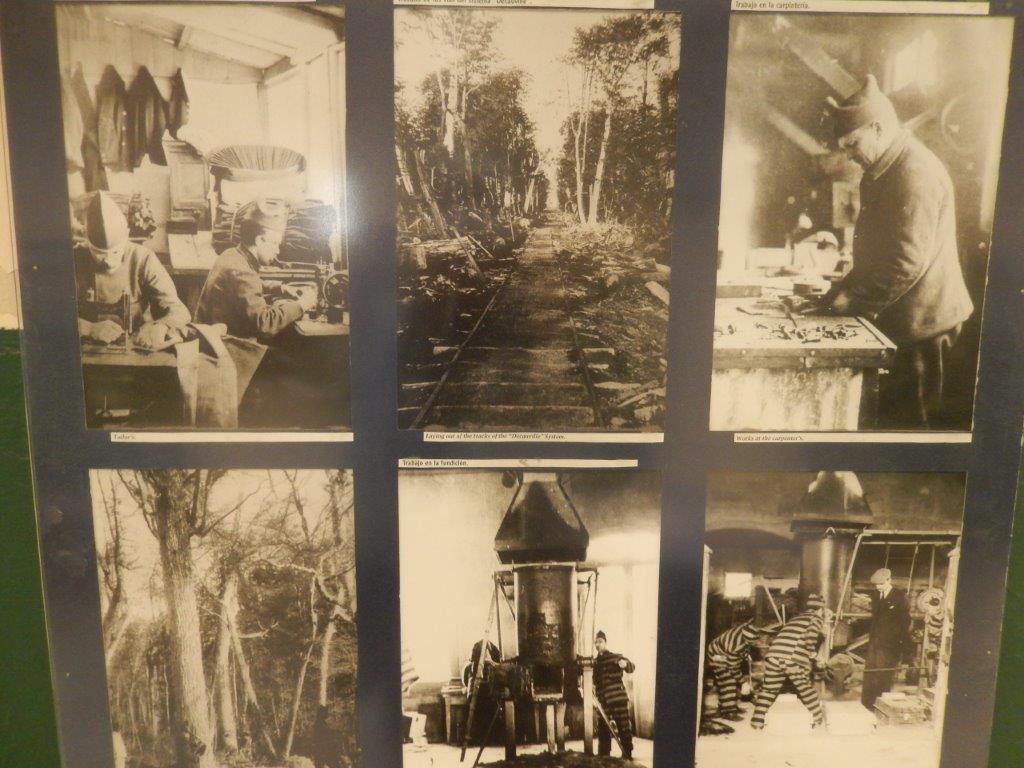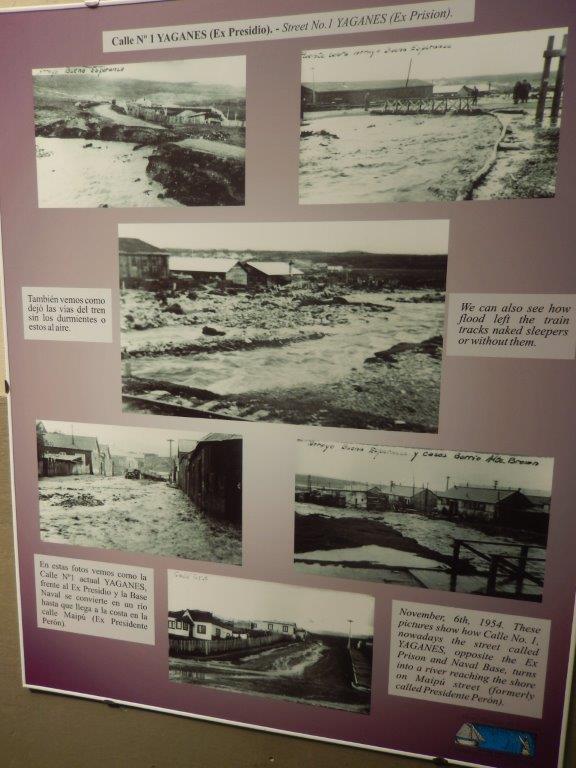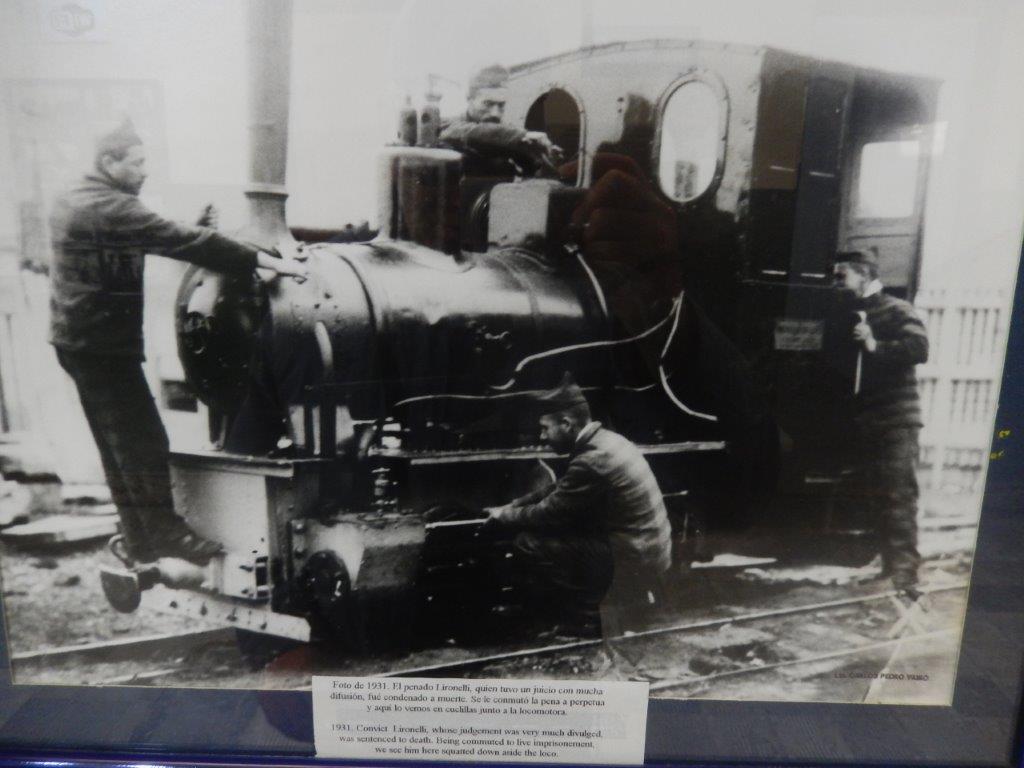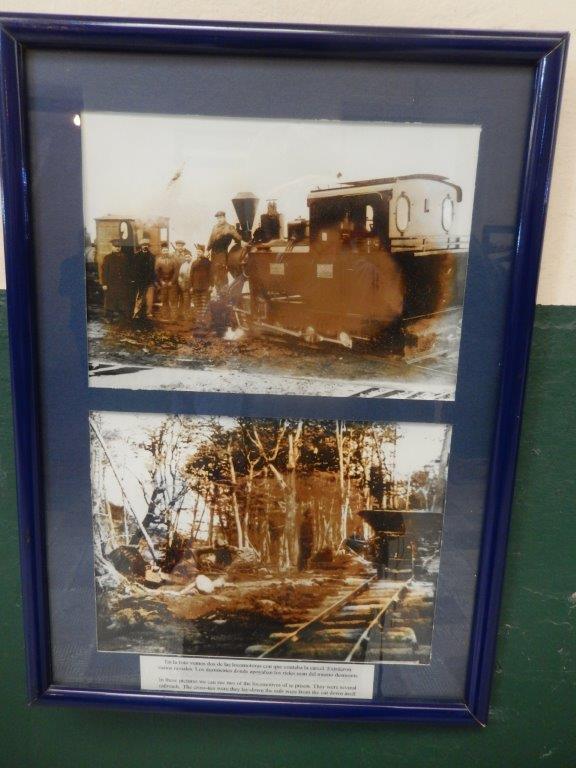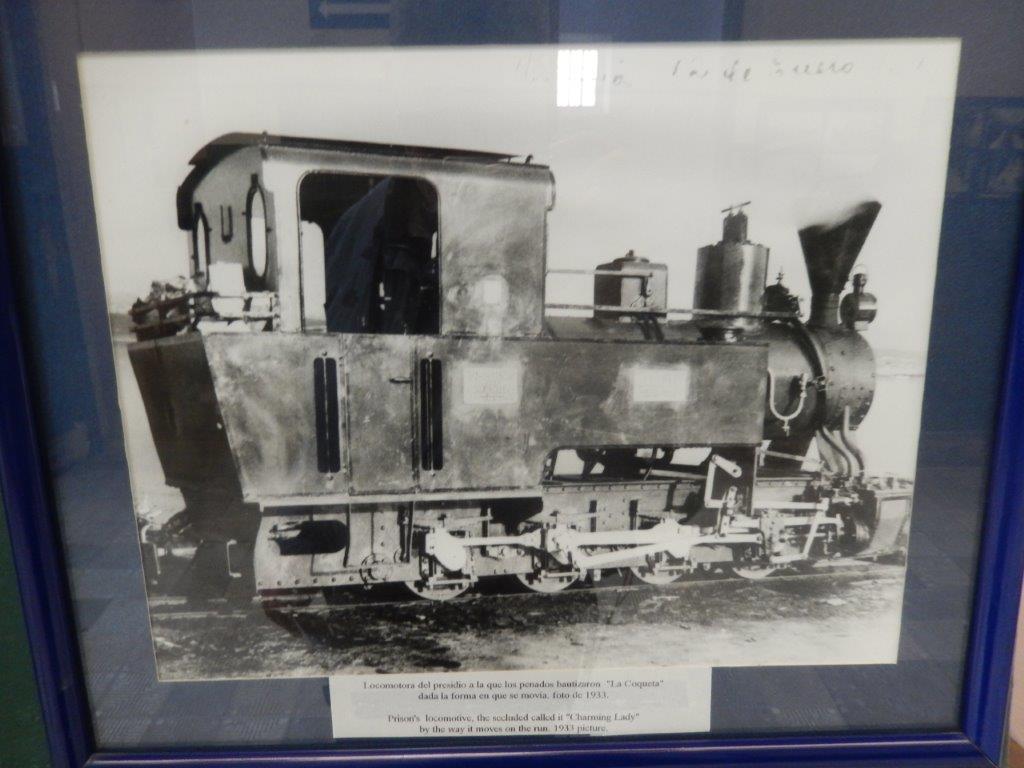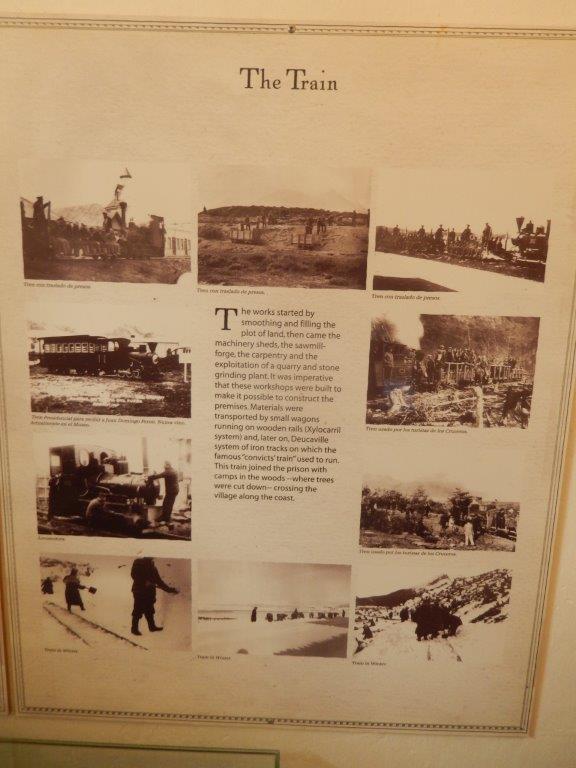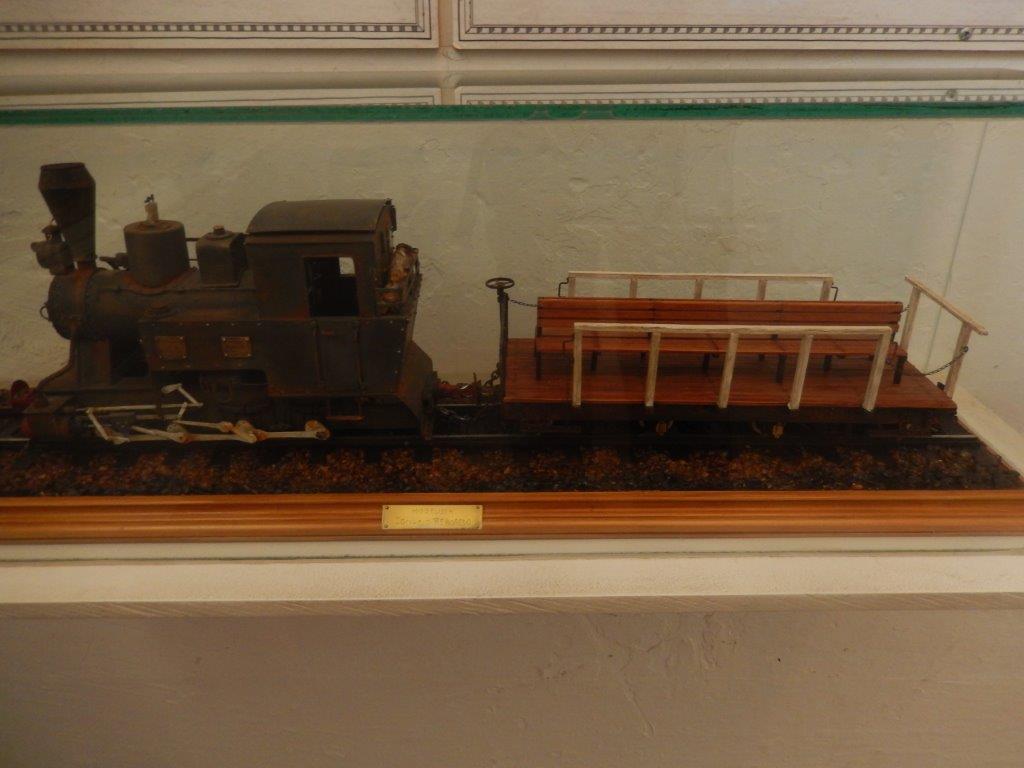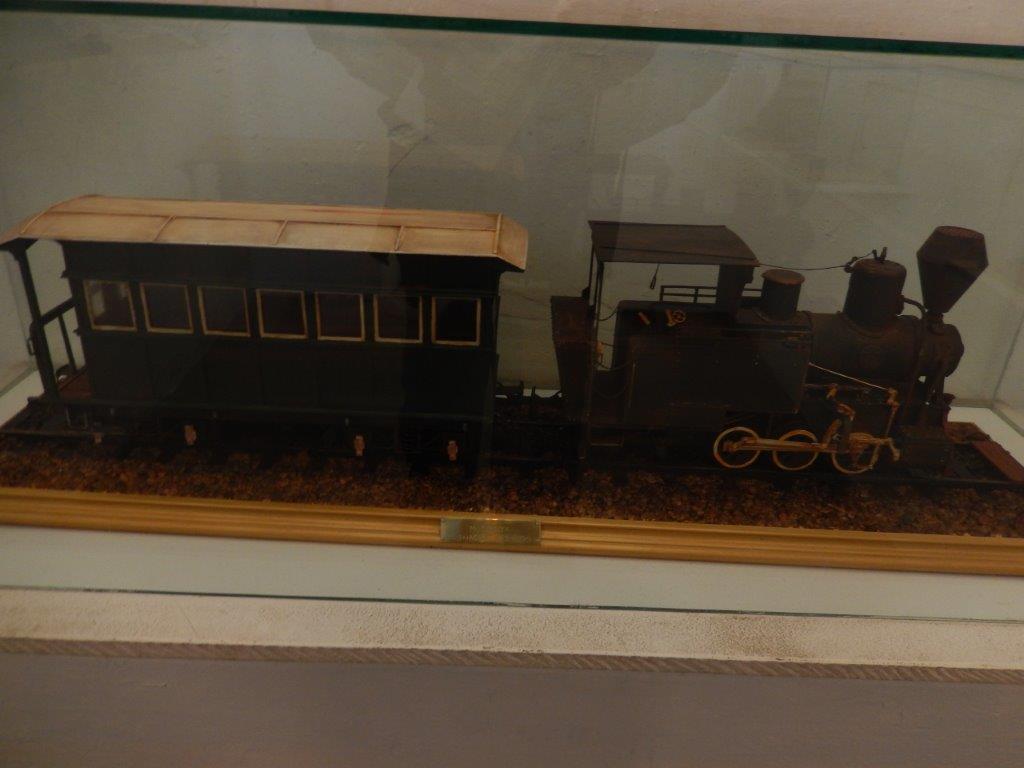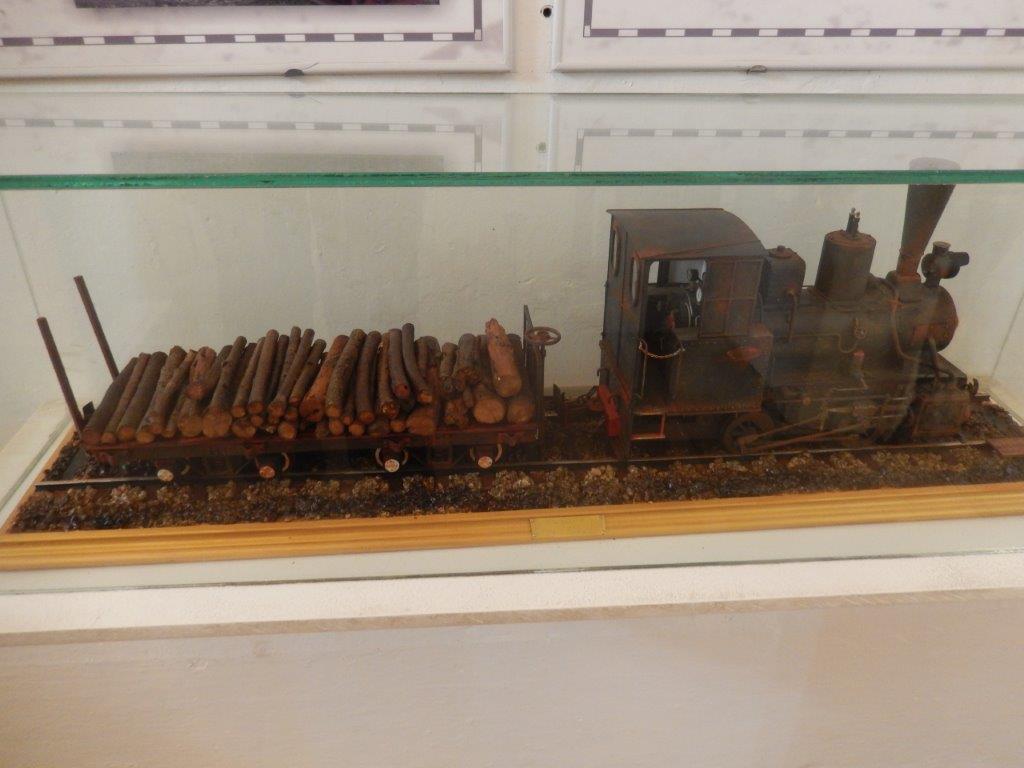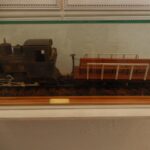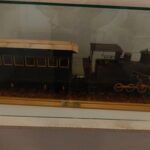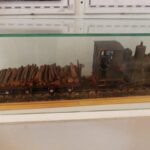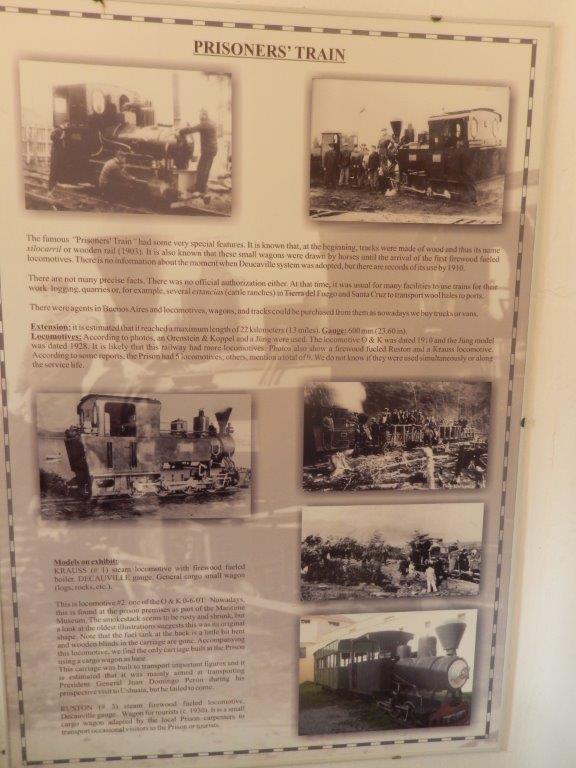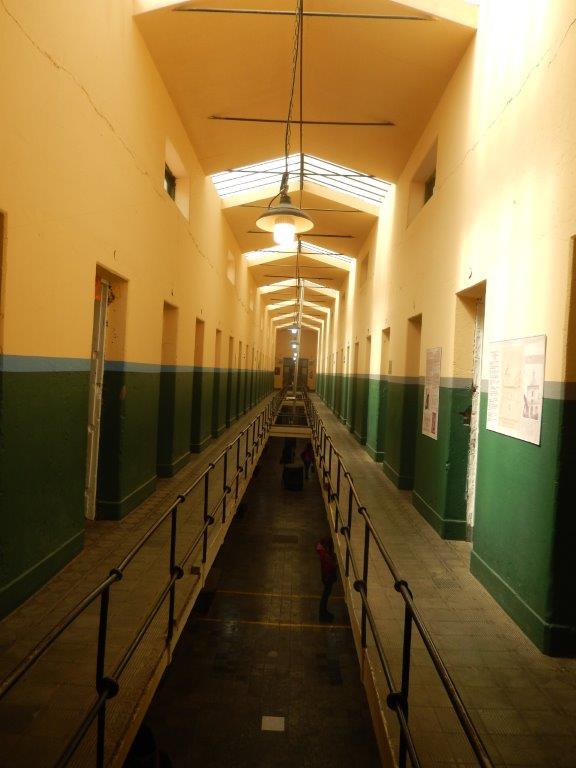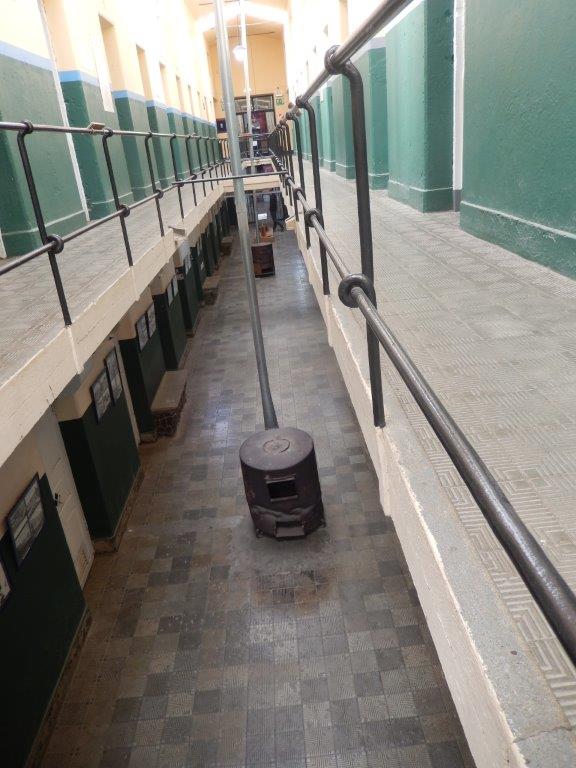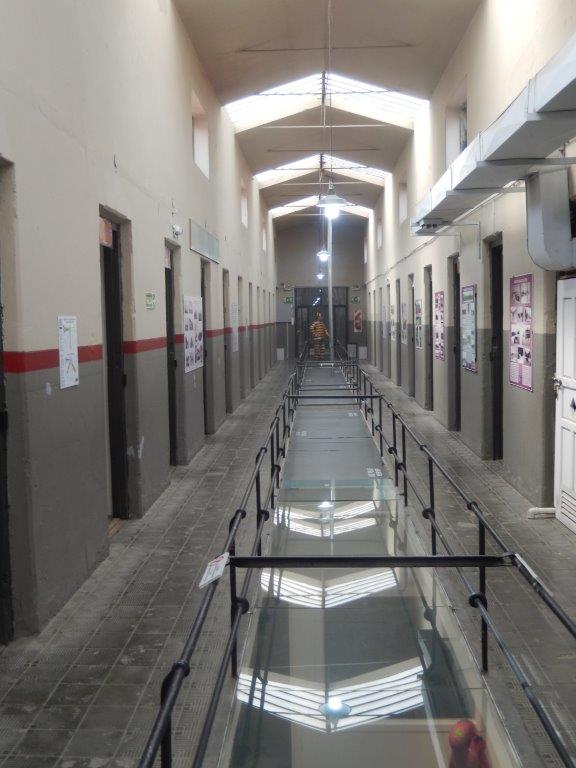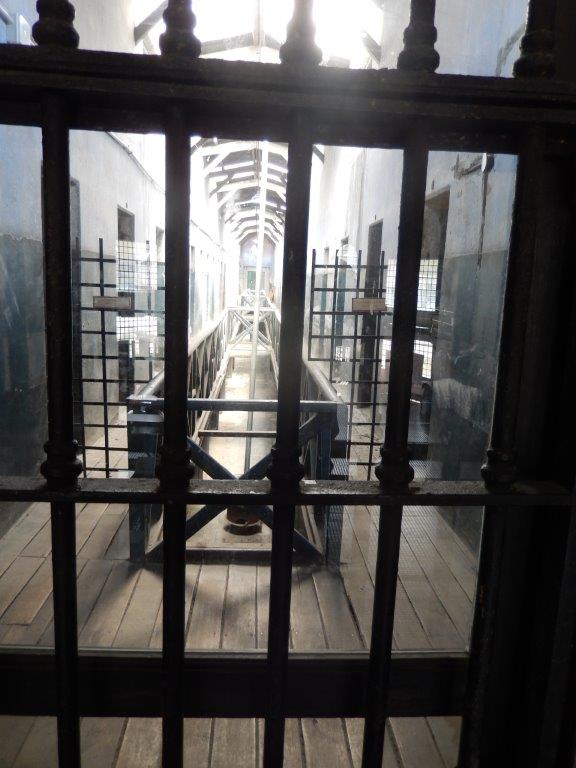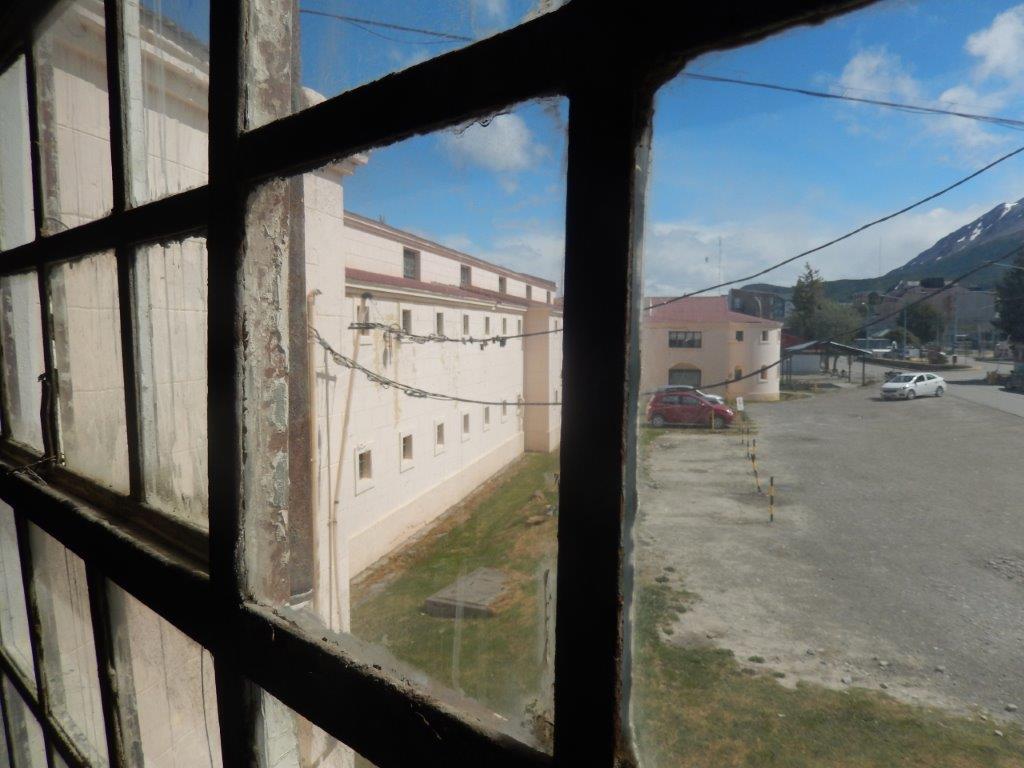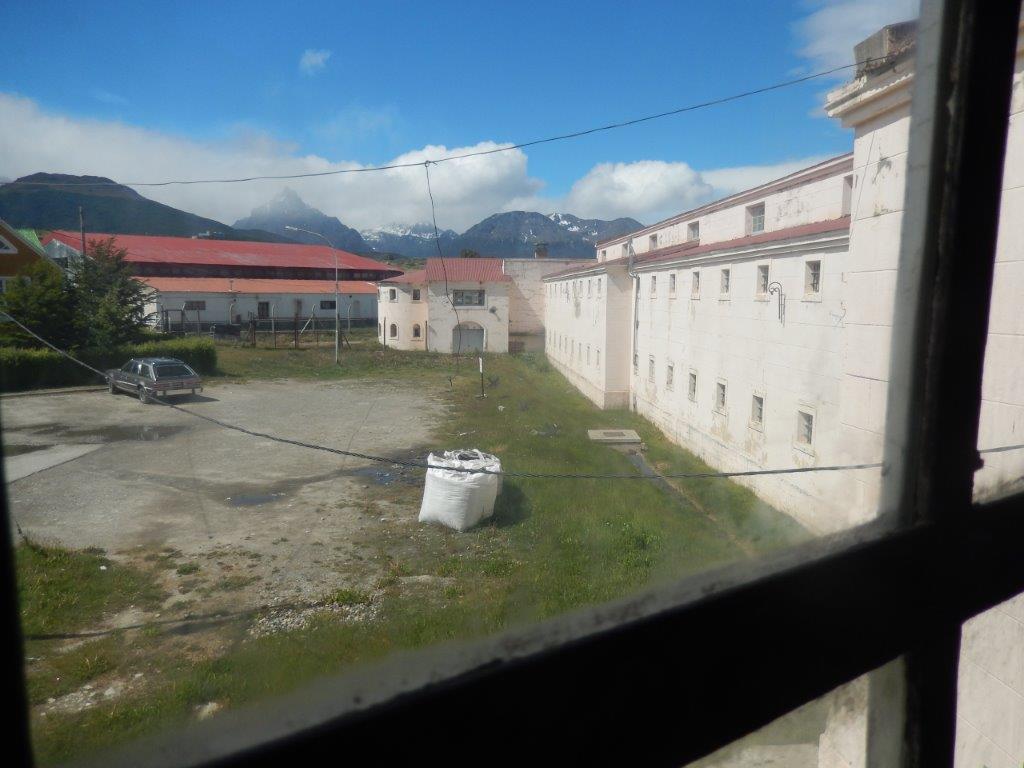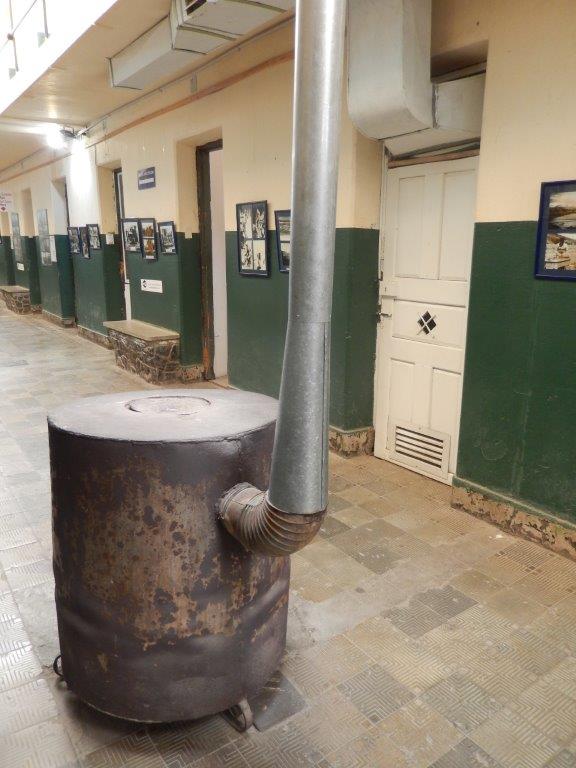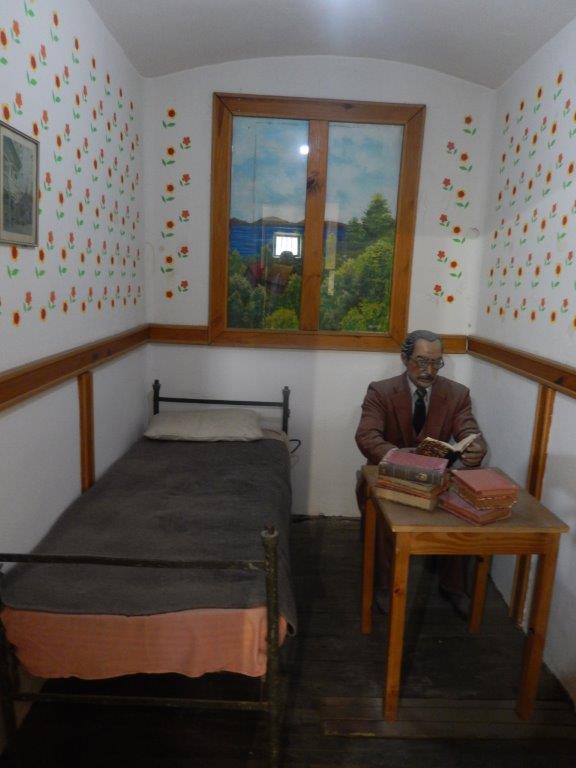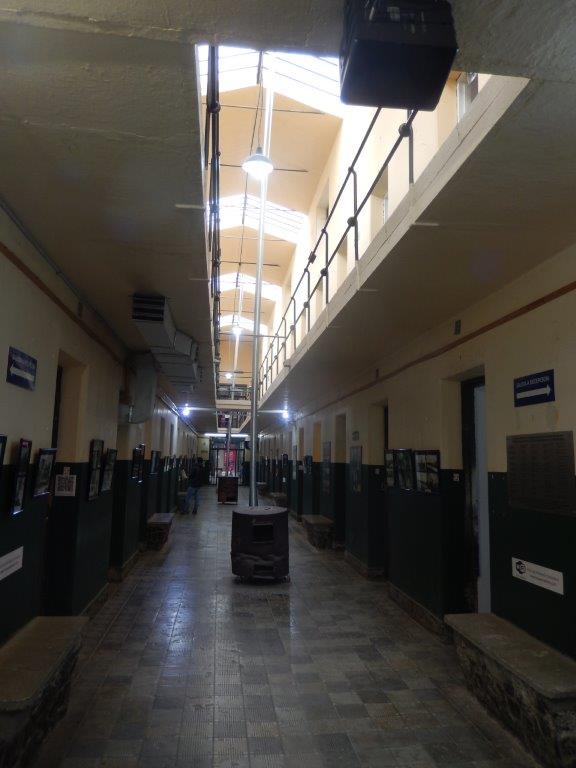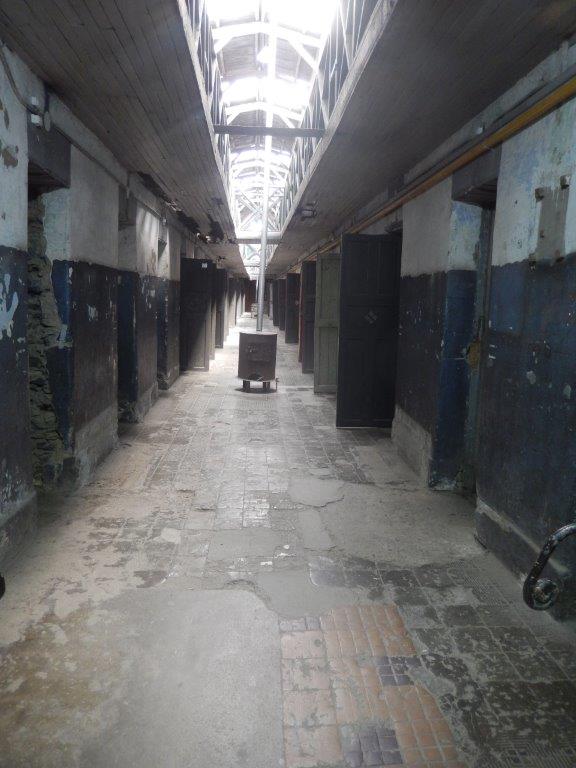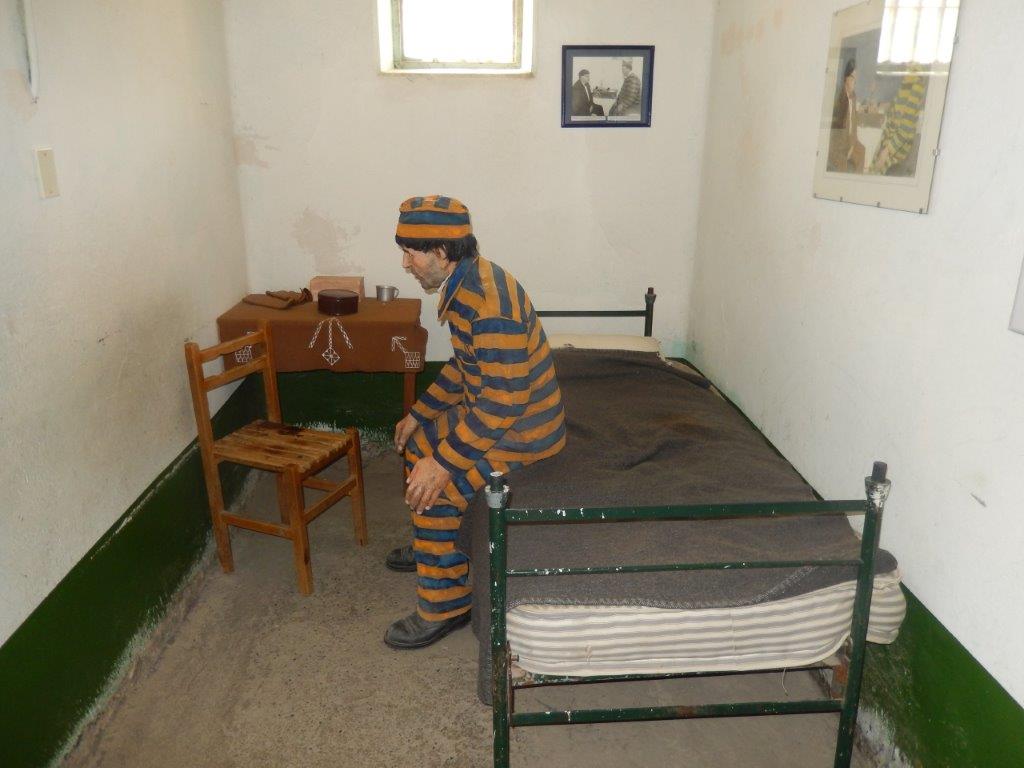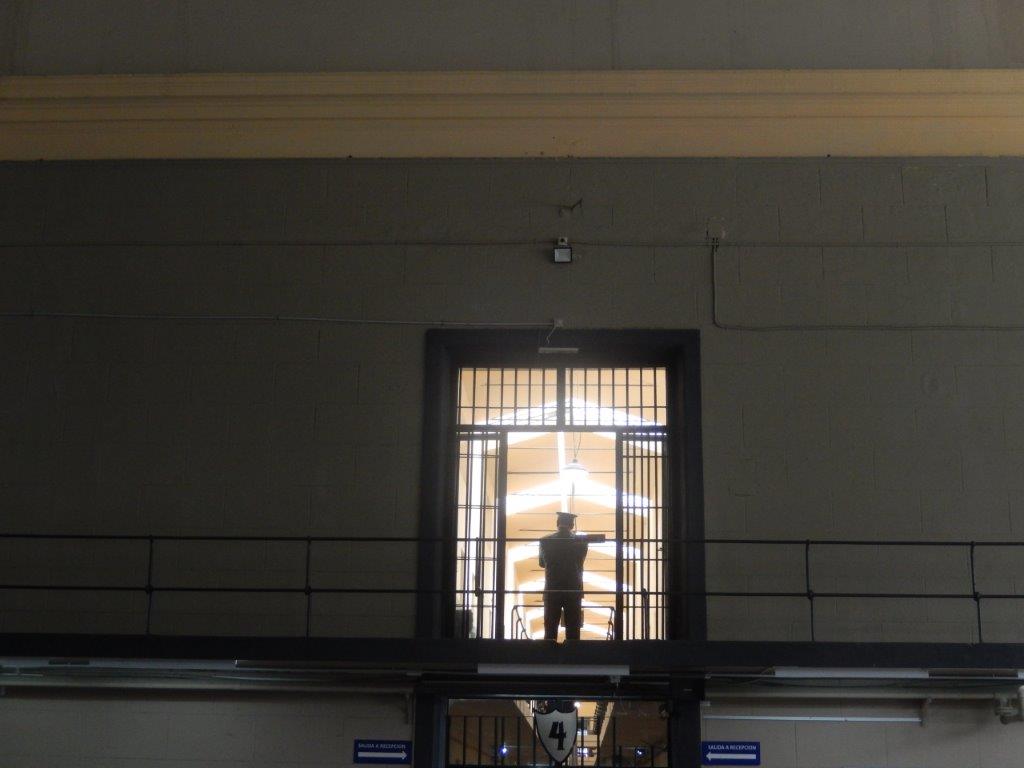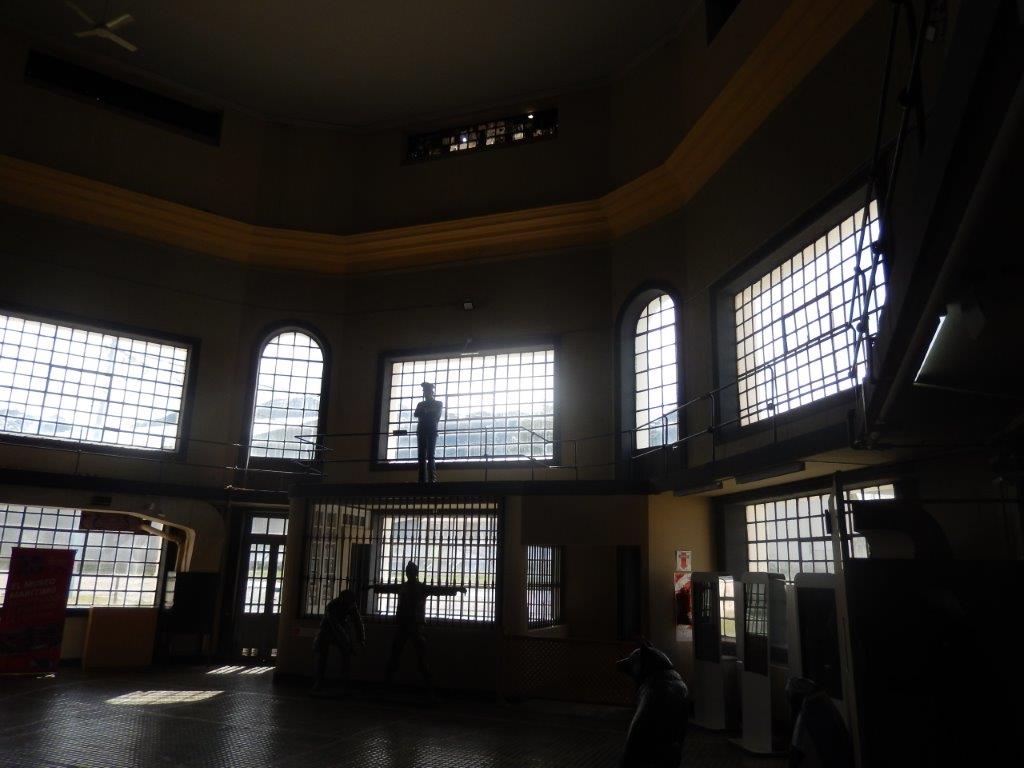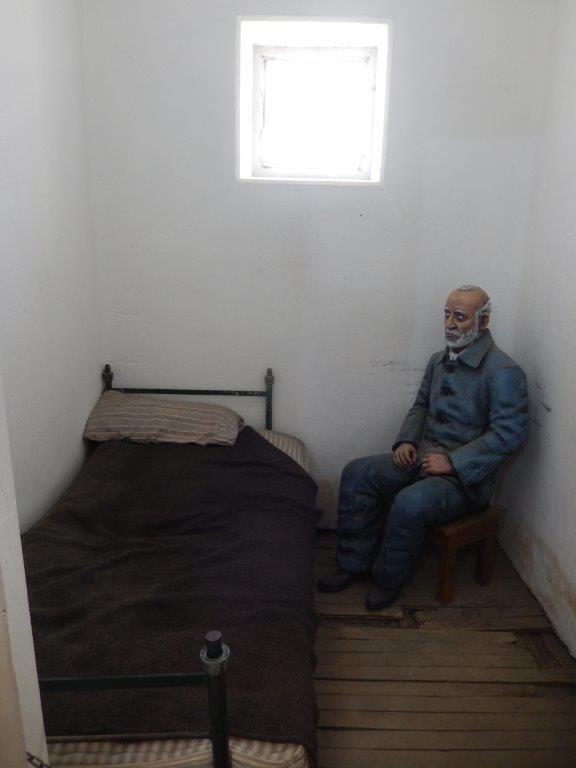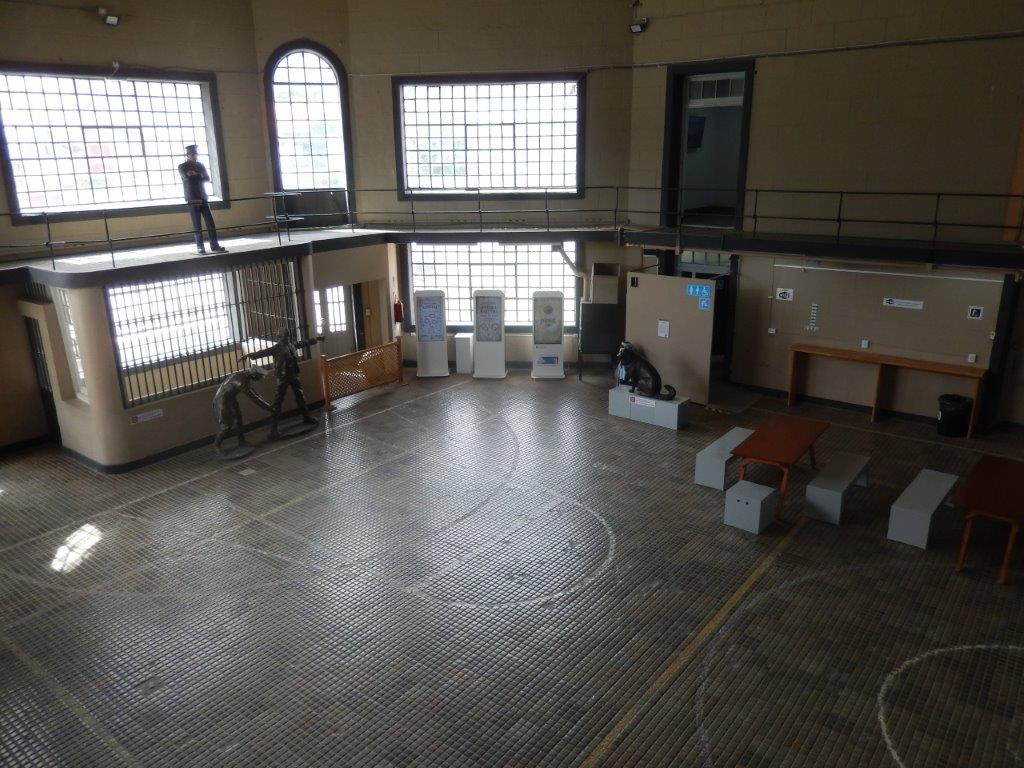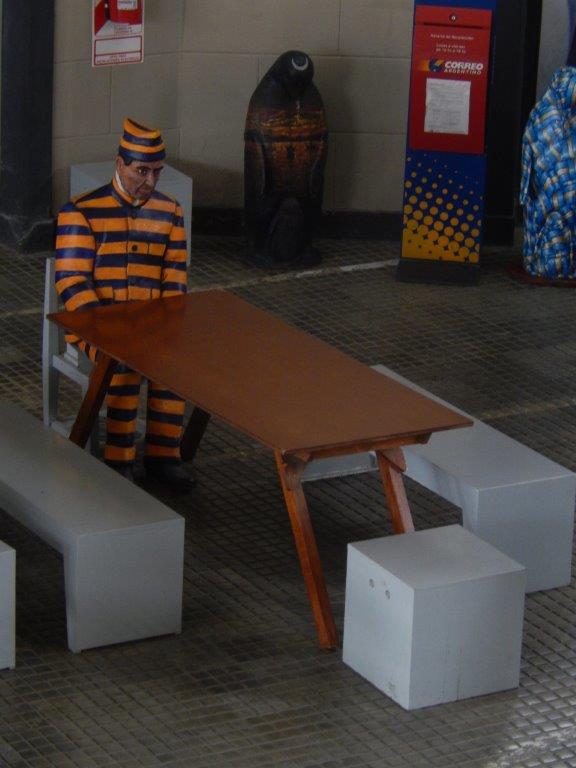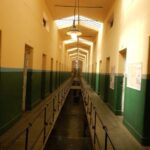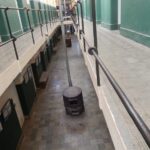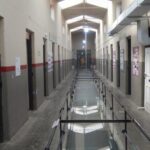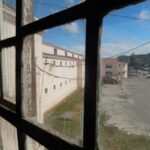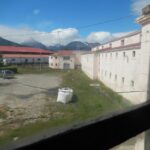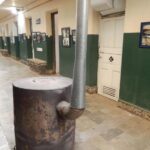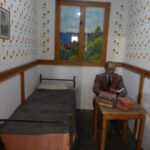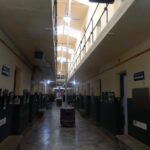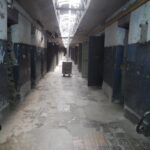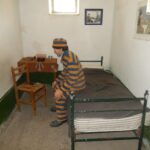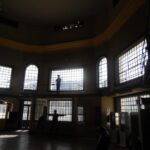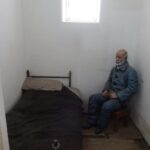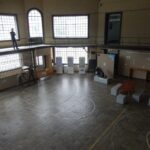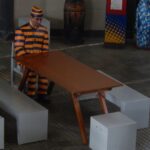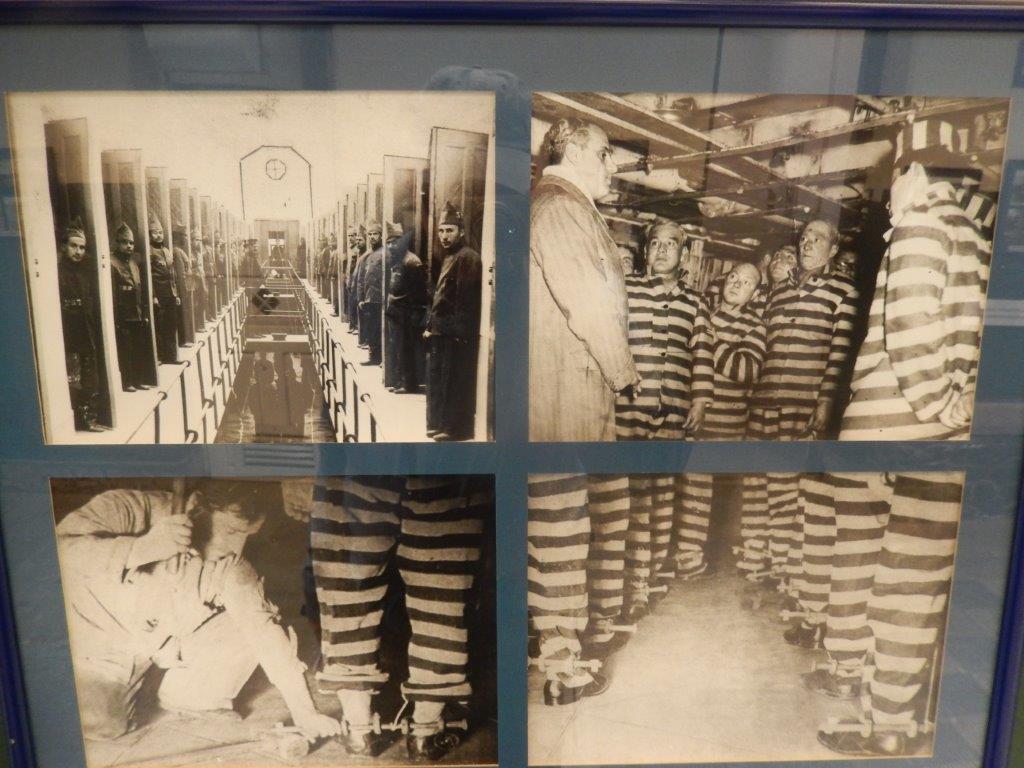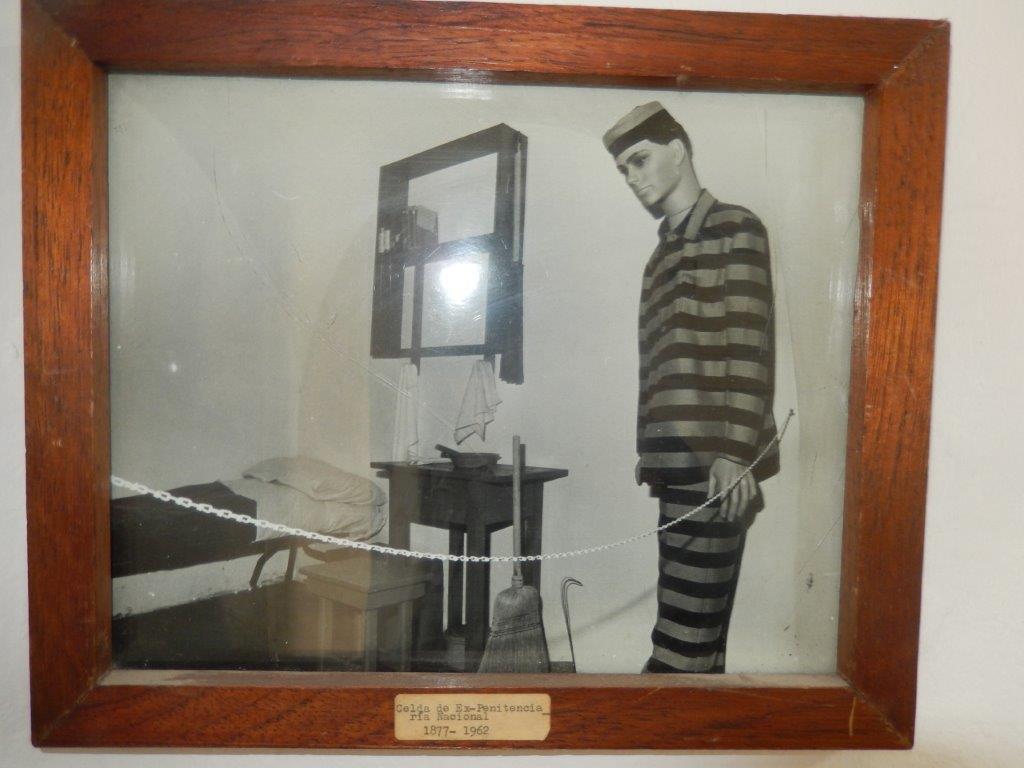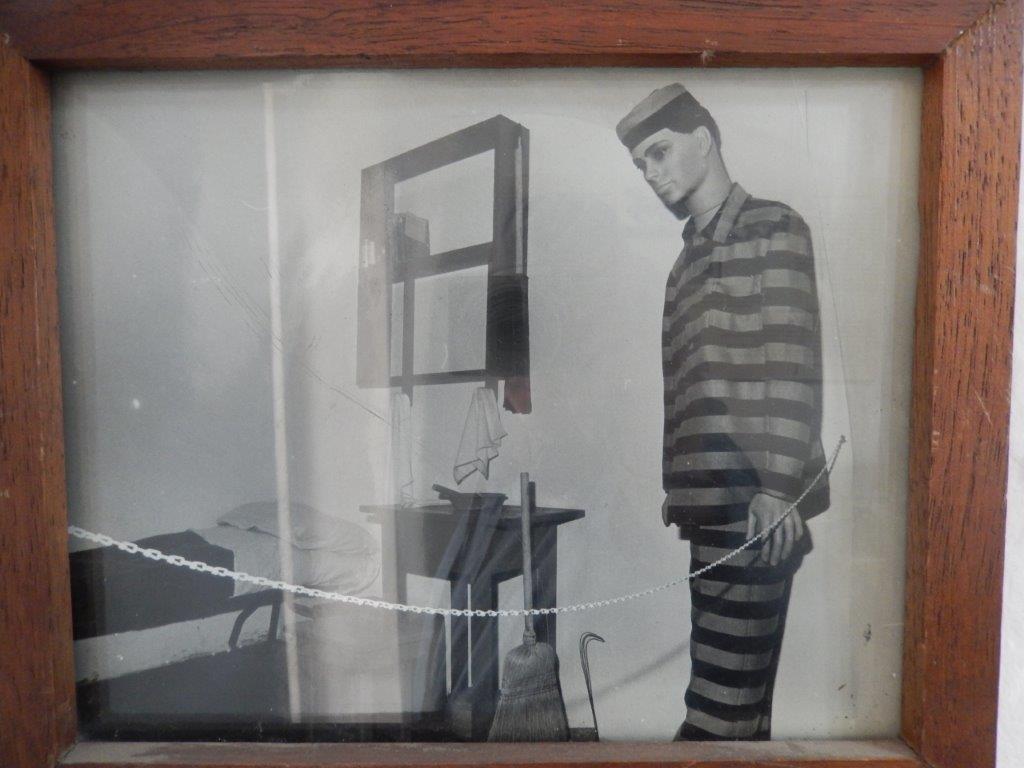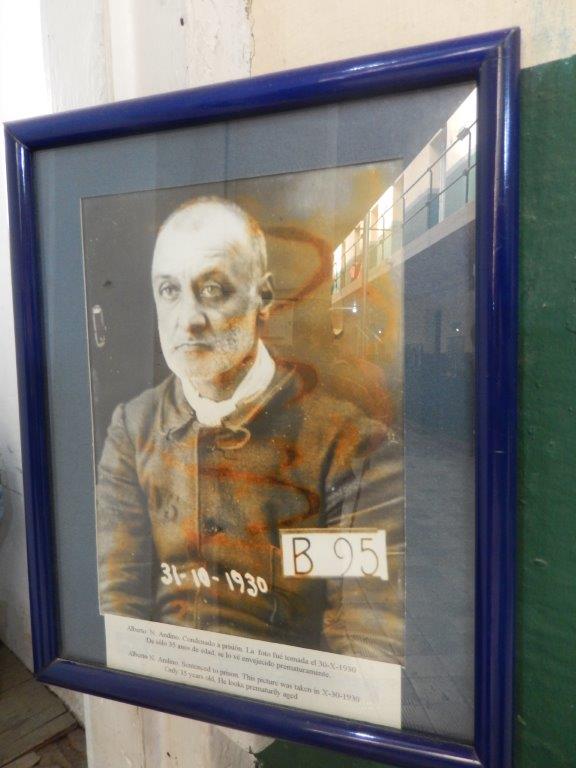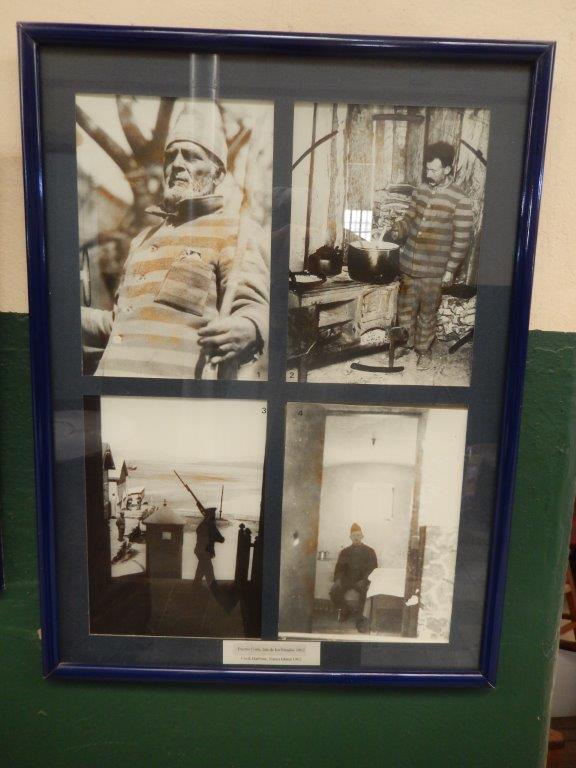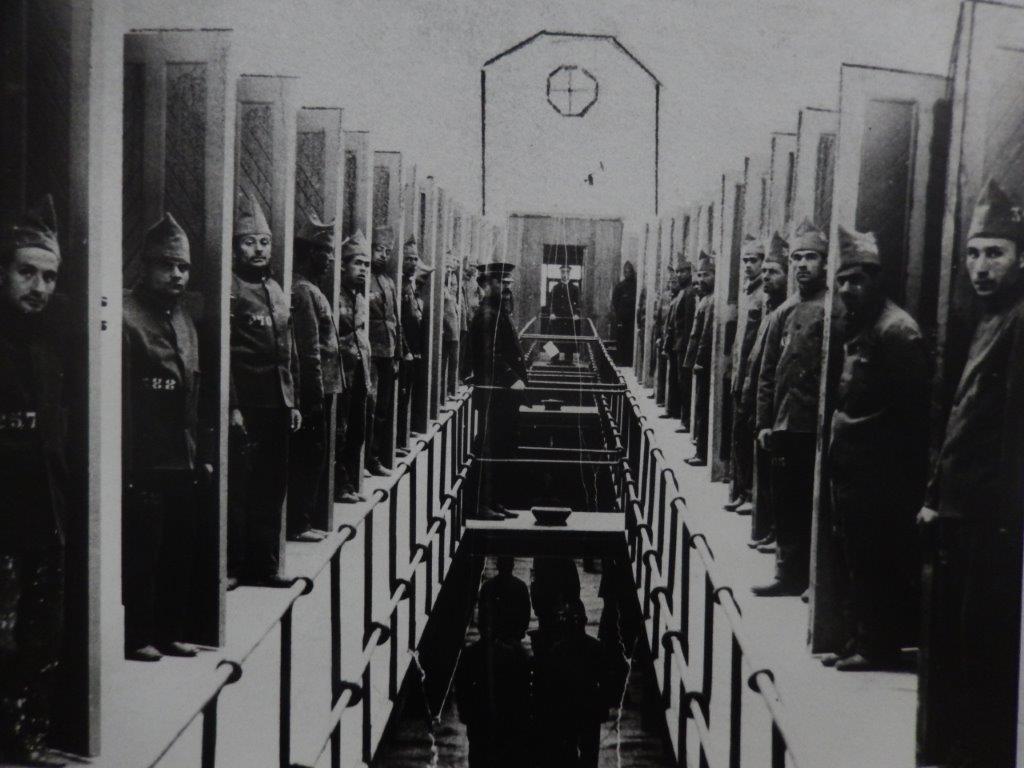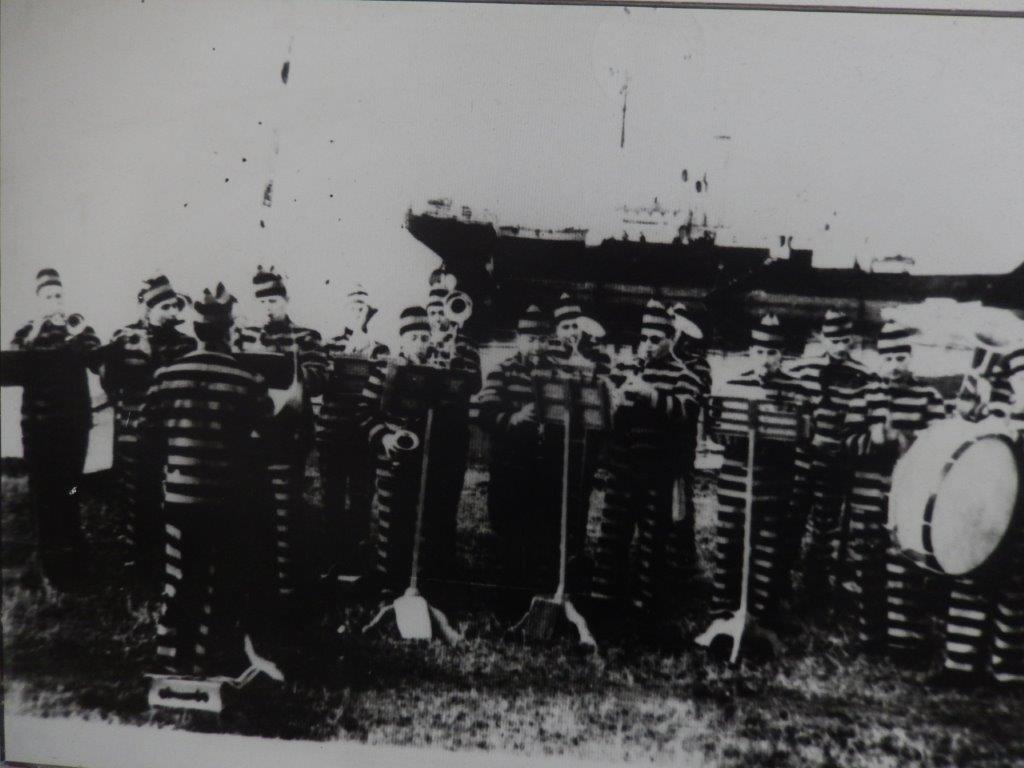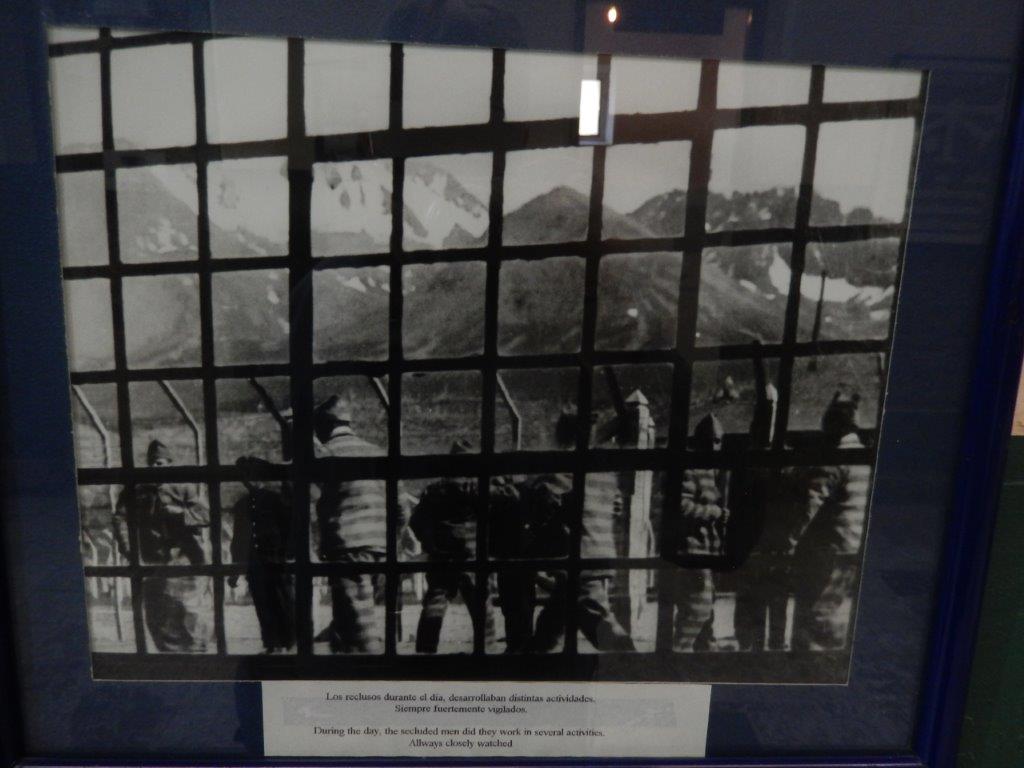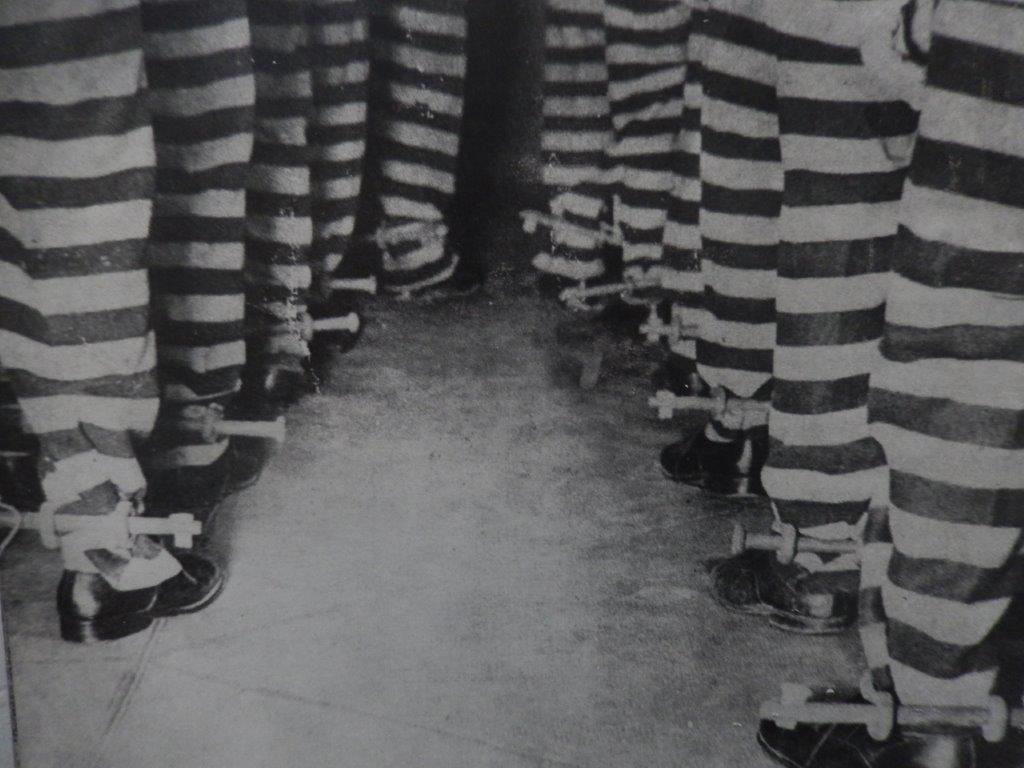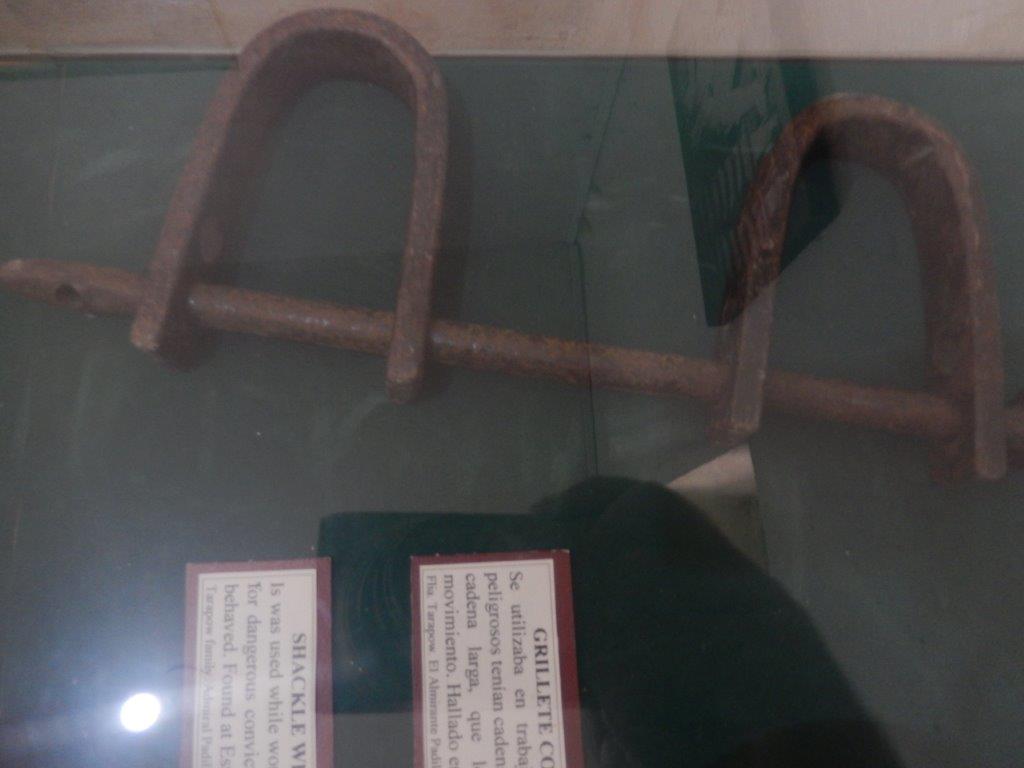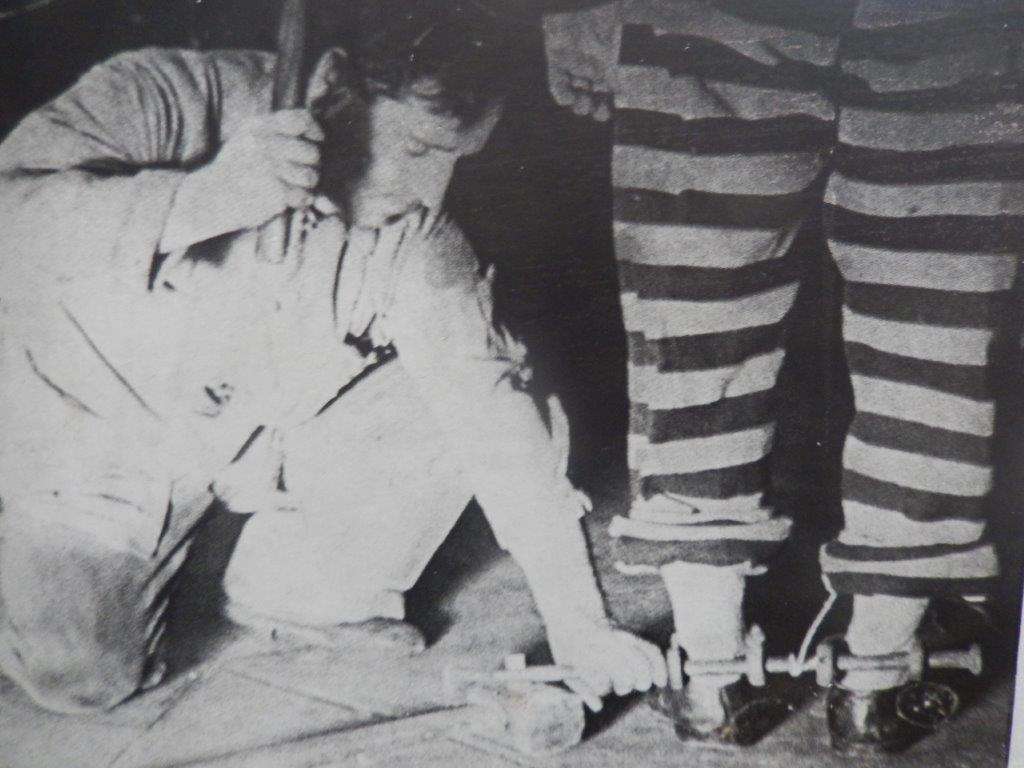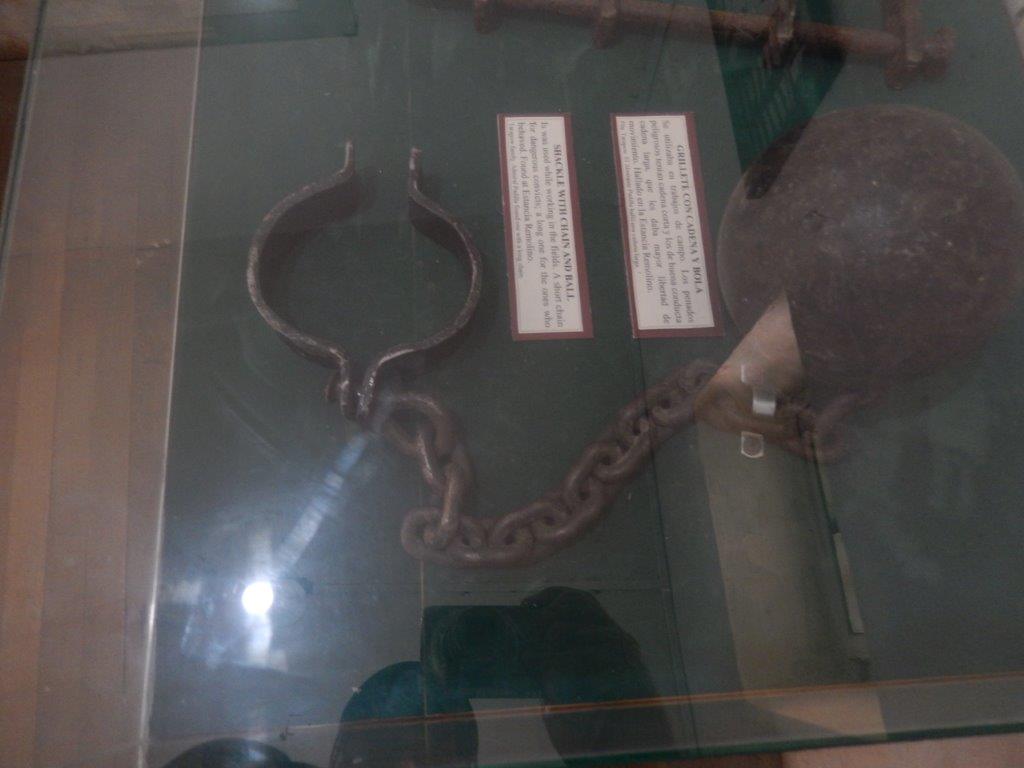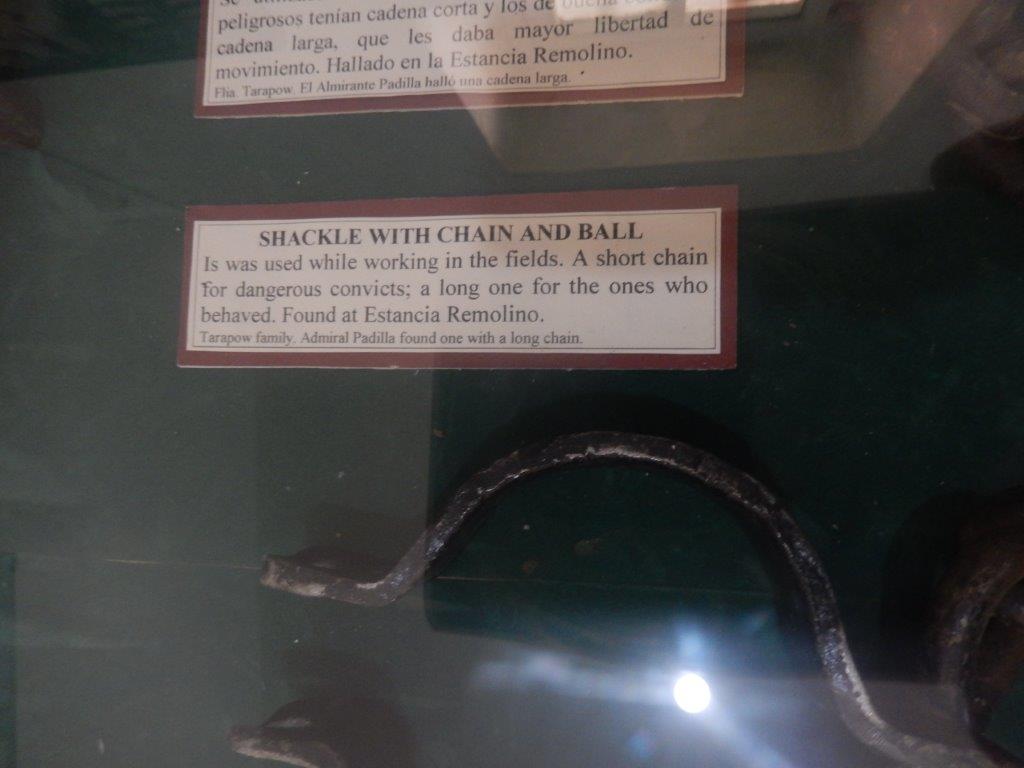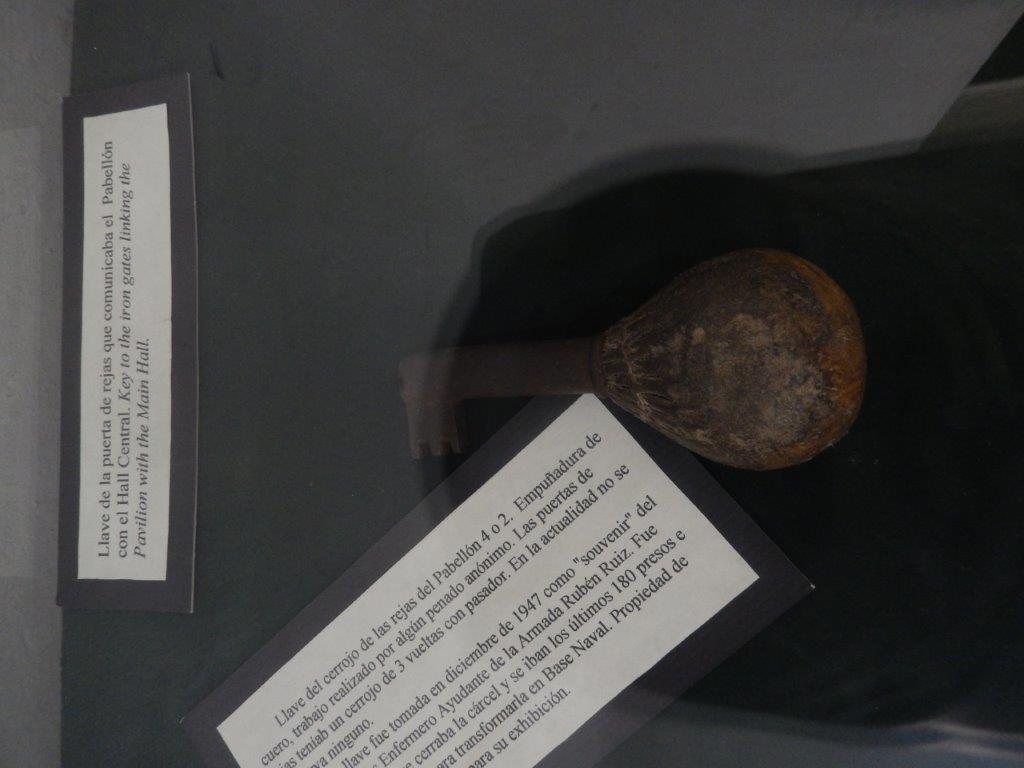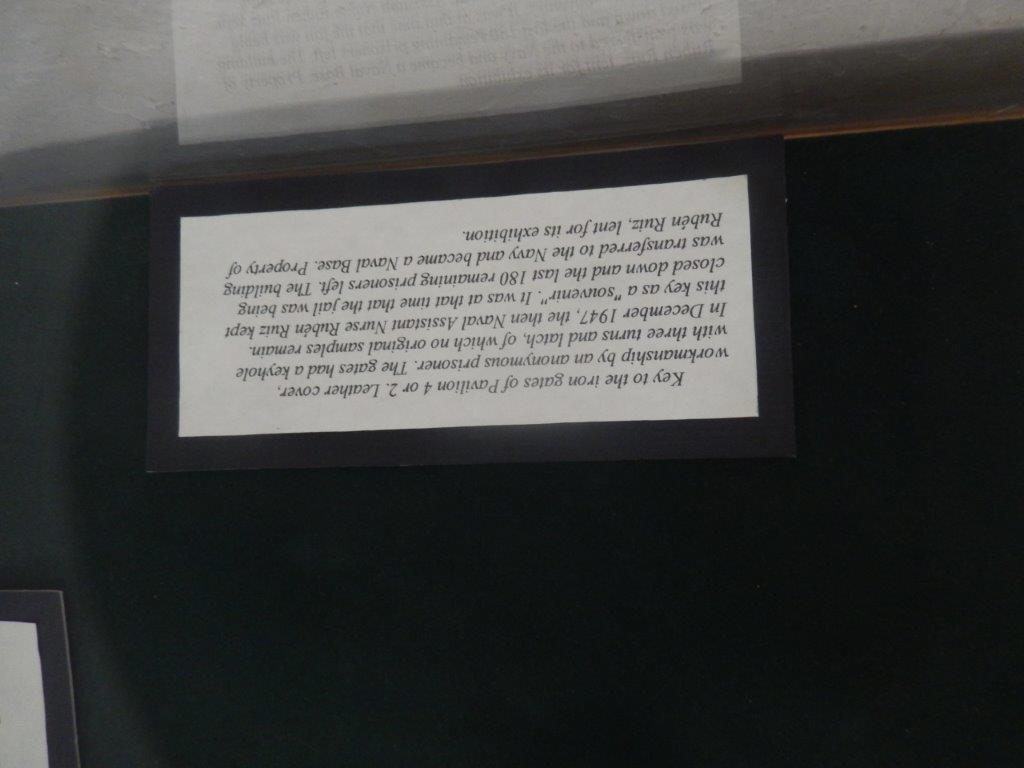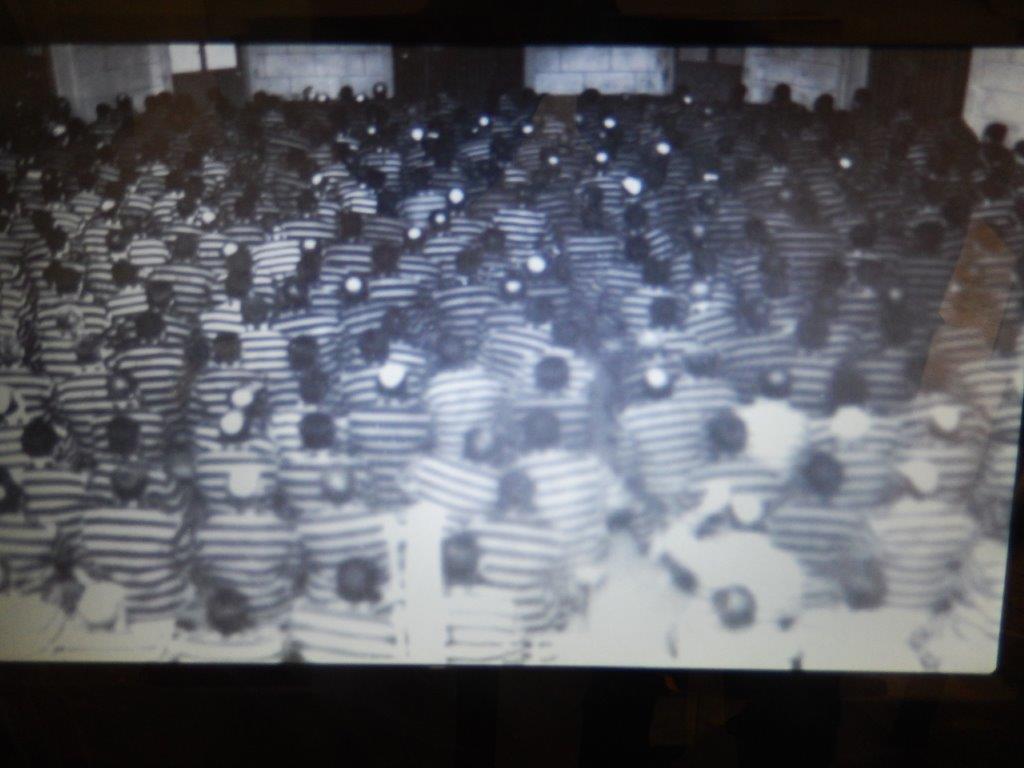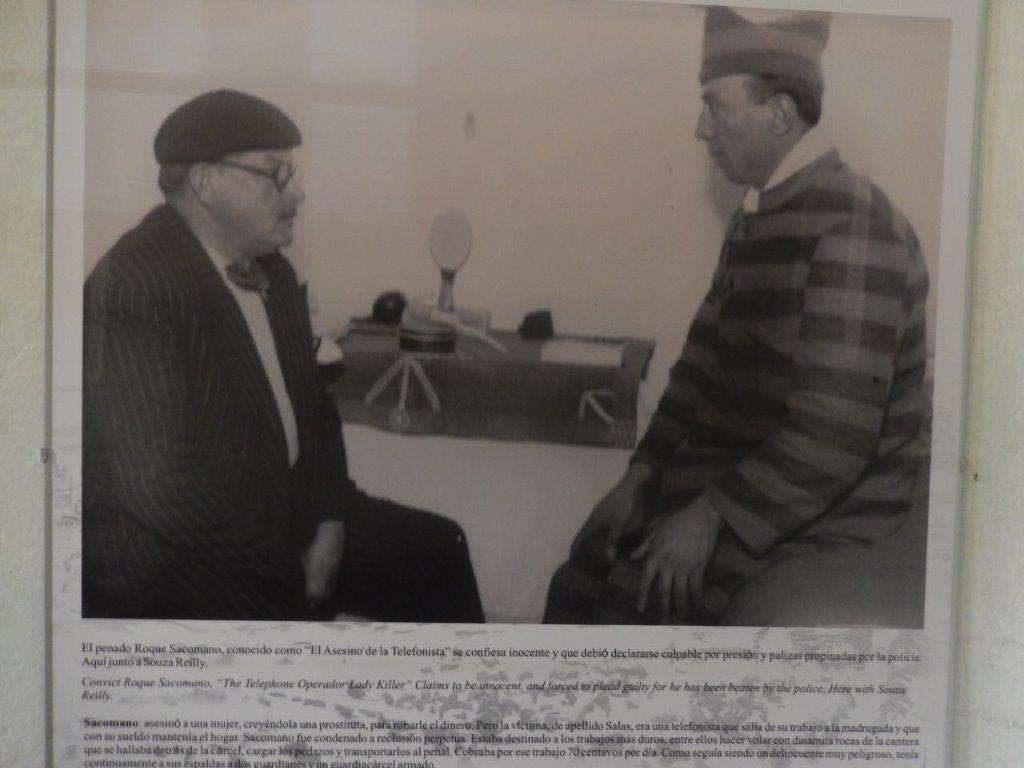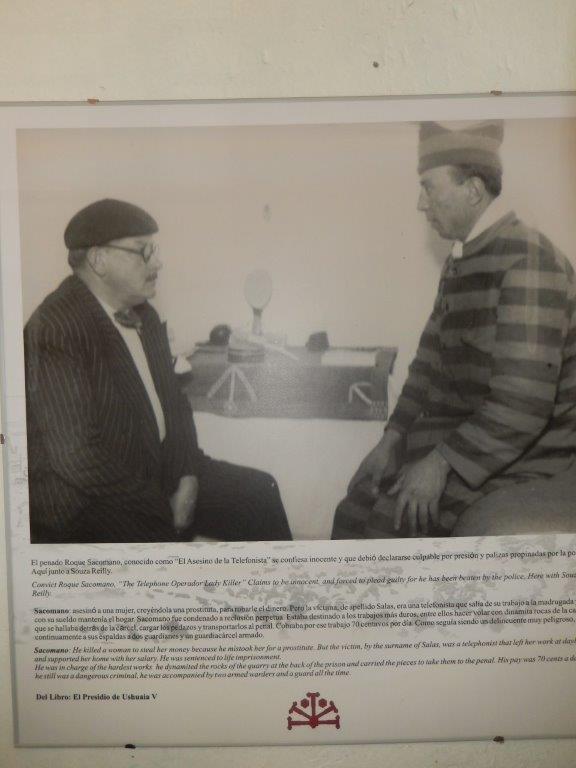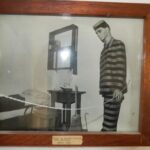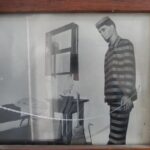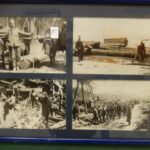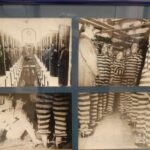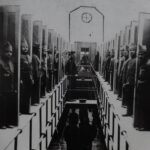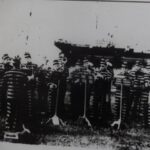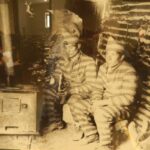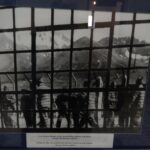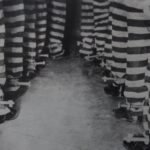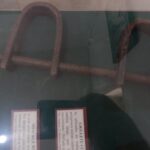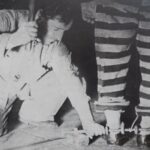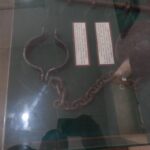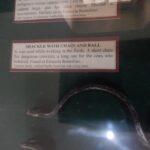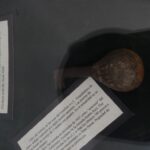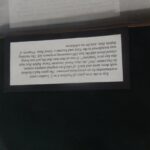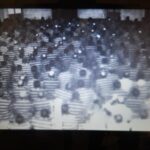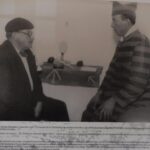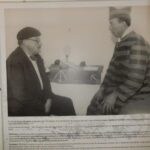42a. Argentina: Museum of the prison of Ushuaia
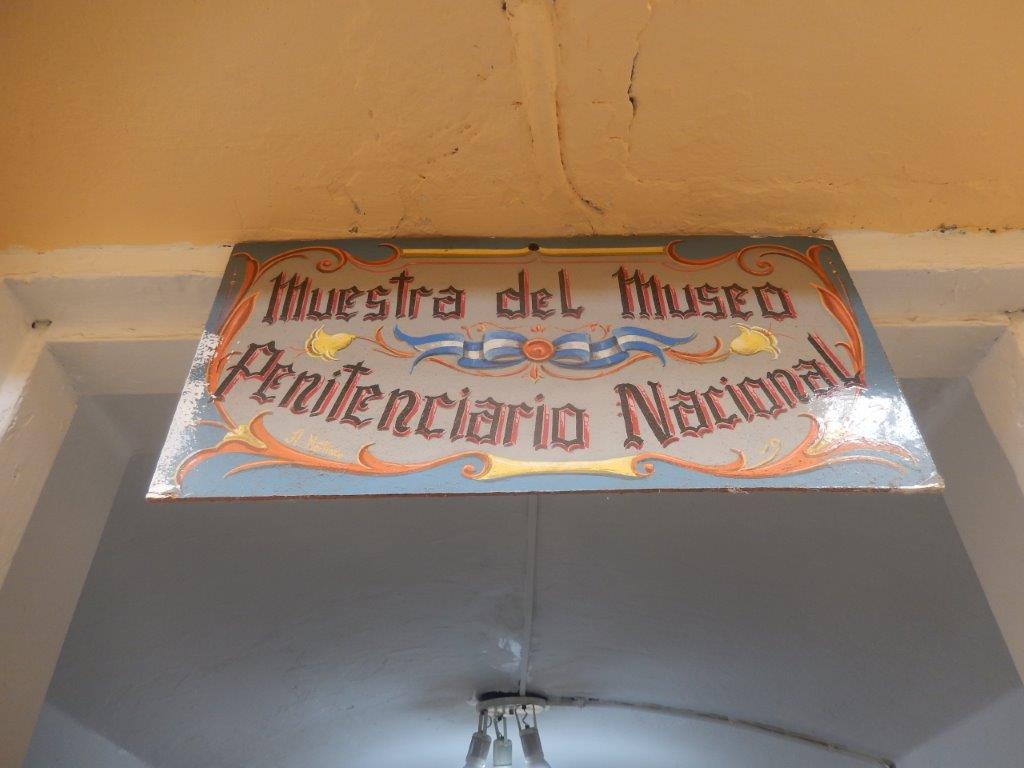 Before leaving Ushuaia, Tierra del Fuego and Patagonia, The Wandelgek wanted to learn a lot more about the area and he decided to bring a visit to the Museo Marítimo y del Presidio de Ushuaia.
Before leaving Ushuaia, Tierra del Fuego and Patagonia, The Wandelgek wanted to learn a lot more about the area and he decided to bring a visit to the Museo Marítimo y del Presidio de Ushuaia.
Click on below image to open the museum brochure:
History of the Ushuaia prison
During the 1880s, many gold prospectors came to Ushuaia following rumors of large gold fields, which proved to be false. On 12 October 1884, as part of the South Atlantic Expedition, Commodore Augusto Lasserre established the sub-division of Ushuaia, with the missionaries and naval officers signing the Act of Ceremony. Don Feliz M Paz was named Governor of Tierra del Fuego and in 1885 named Ushuaia as its capital. In 1885 the territory police was organized under Antonio A. Romero with headquarters also in Ushuaia. But it was not until 1904 that the Federal Government of Argentina recognized Ushuaia as the capital of Tierra del Fuego. The prison was formally announced in an executive order by the then-Acting President Roca in 1896.
Beneath are some educational signs and photos of the prison (from its past as well as its current condition as a museum):
Ushuaia suffered several epidemics, including typhus, pertussis, and measles, that much reduced the native population. But because the Yámana were not included in census data, the exact death toll is not known. The first census was held in 1893, which recorded 113 men and 36 women living in Ushuaia. By 1911 the Yámana had all practically disappeared, so the mission was closed. The population grew to 1,558 by the 1914 census.
In 1896 the prison received its first inmates, mainly re-offenders and dangerous prisoners transferred from Buenos Aires, but also some political prisoners.
A separate military prison opened in 1903 at the nearby Puerto Golondrina. The two prisons merged in 1910, and that combined complex still stands today.
The town of Ushuaia
Thus, during the first half of the 20th century, the city centered around the prison built by the Argentine government to increase the Argentine population and to ensure Argentine sovereignty over Tierra del Fuego.
The prison was intended for repeat offenders and serious criminals, following the example of the British in Tasmania and the French in Devil’s Island.
The prison operated until 1947, when President Juan Domingo Perón closed it by executive order in response to the many reports of abuse and unsafe practices. Most of the guards stayed in Ushuaia, while the prisoners were relocated to other jails farther north.
After the prison closed, it became a part of the Base Naval Ushuaia (in Spanish), functioning as a storage and office facility until the early 1990s. Later it was converted into the current Museo Maritimo de Ushuaia.
Escape from Tierra del Fuego was similarly difficult, although two prisoners managed to escape into the surrounding area for a few weeks.
The prison population thus became forced colonists and spent much of their time building the town with timber from the forest around the prison.
The town slowly sprawled along the Beagle channel …
… and grew into its current size. Obviously it was in dire need of building materials.
Work
The prisoners that behaved well were set to work outside of the prison. This seems maybe as a punishment, but most prisoners were all to happy to get a bit of physical execise, fresh air and a chance to see more than the four walls of theis small prison cell
The railway
One of the more important and larger work projects was the building of a railway line. The train would transport tge chopped wood towards the prison and also the town, for building activities. The Wandelgek had succeeded in obtaining one of tge very last tickets for a trainride and here was the opportunity to learn a bit more about this short railway line, totally isolated from any other railway lines and contrary to the larger railway network up north, still in service (although nowasays as a line for tourists venturing into the Tierra del Fuego National Park
The prisoners were set to work on building thectrains, the locomotives as well as the carriages, the railroad tracks and the chopping of trees in thecarea which nowcwas a National Park.
They also built a railway to the settlement, now a tourist attraction known as the End of the World Train (Tren del Fin del Mundo), the southernmost railway in the world.
The prison interior
Beneath are some pictures of the prison wings, the central hall used as a cantina in the central watch tower, the corridors and the cells and some views though the barren Windows.
The prisoners were quite without hope of escaping. Even if they could get out of the prison, they were still on an island surrounded by freezing waters. When working outside, their ankles were shackeled and a heavy metal ball was attached.
The prisoner cells of the prison were after conversion into a museum changed into a mix of exhibition rooms with photographs, art, maps etcetera and examples of prison cells.
Any messaging or other communication to or from the prison was supervised…
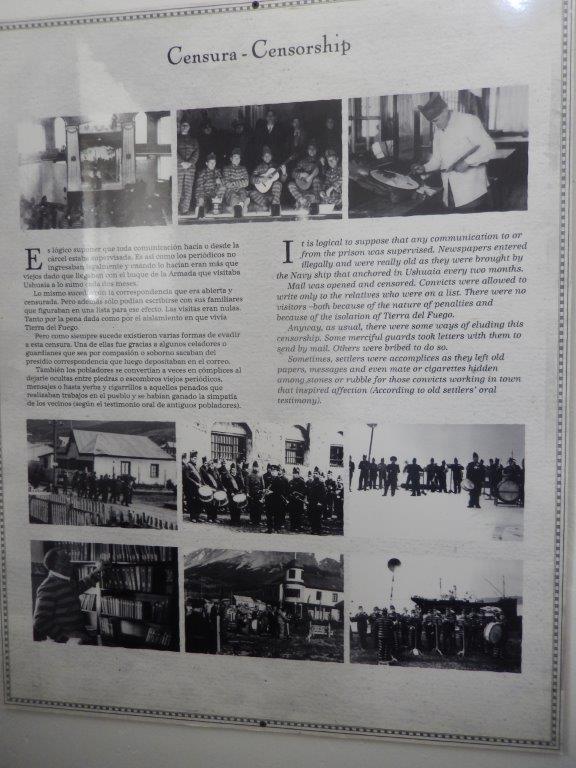
Now that The Wandelgek had saturated his need for knowledge about how Ushuaia became the world’s southernmost town andcabout the prison and the railway line, he went on to gather some knowledge about Antarctica and the discoveries in the area of Tierra del Fuego. More about that in my upcoming blogposts…



